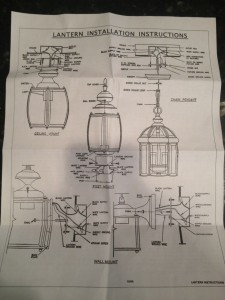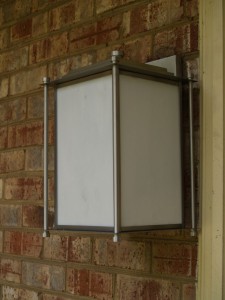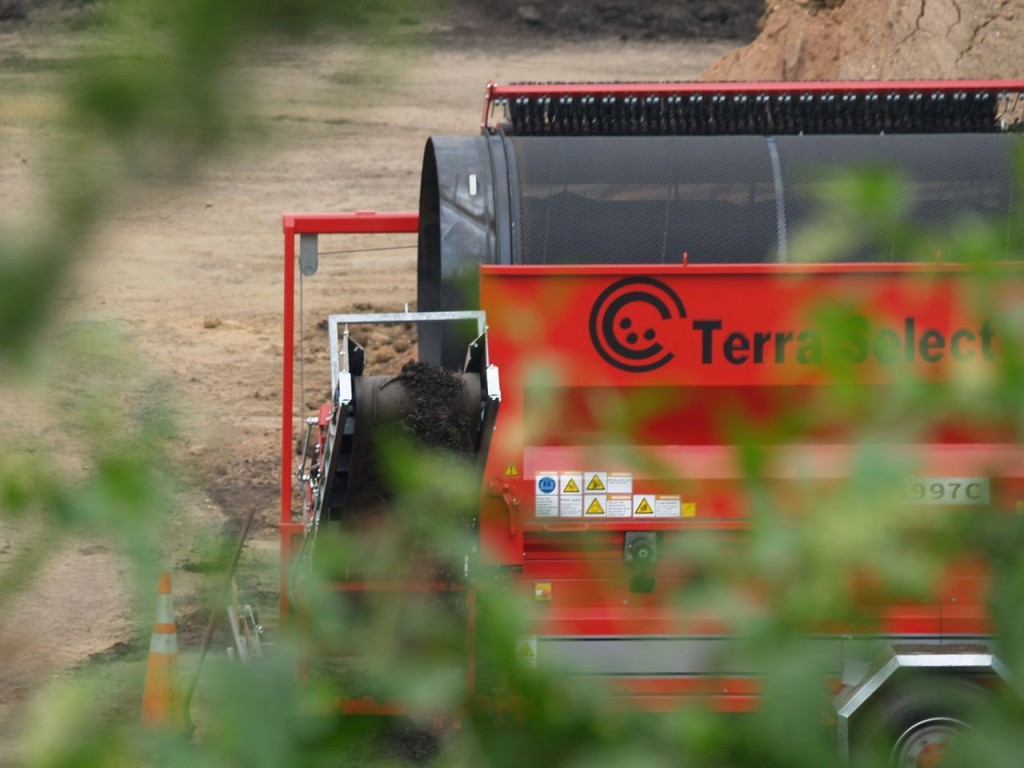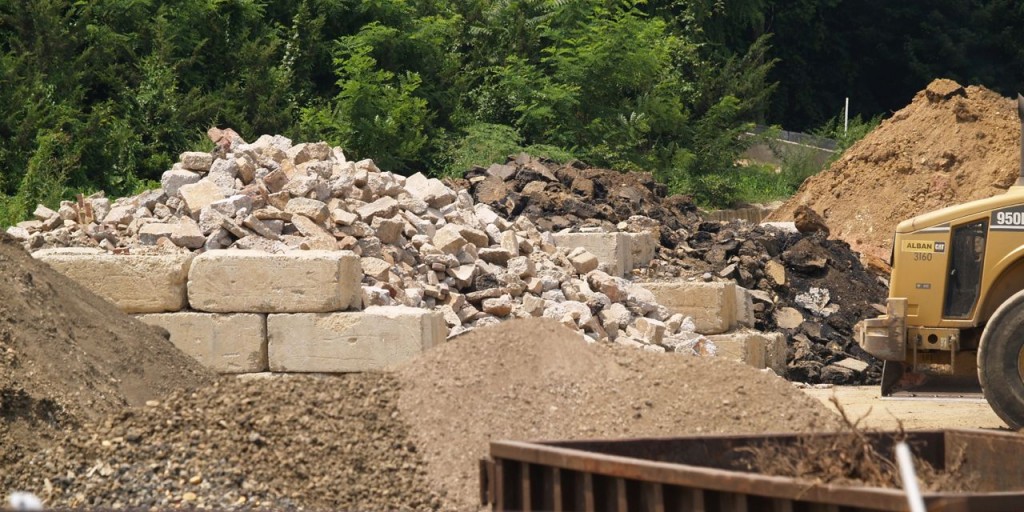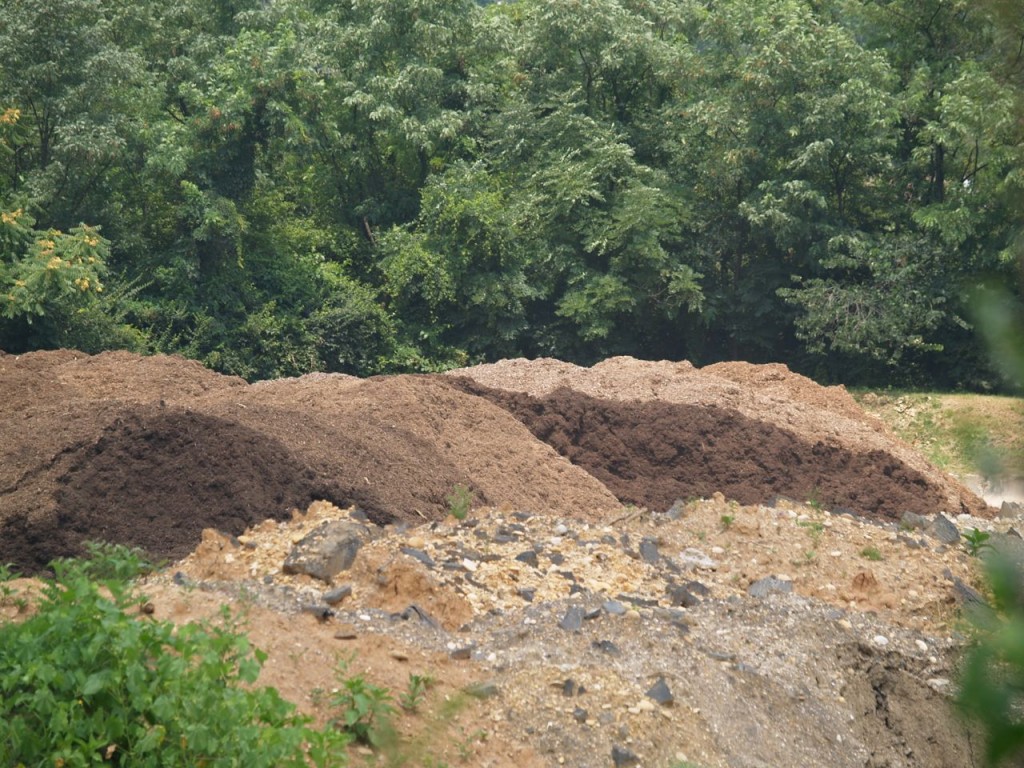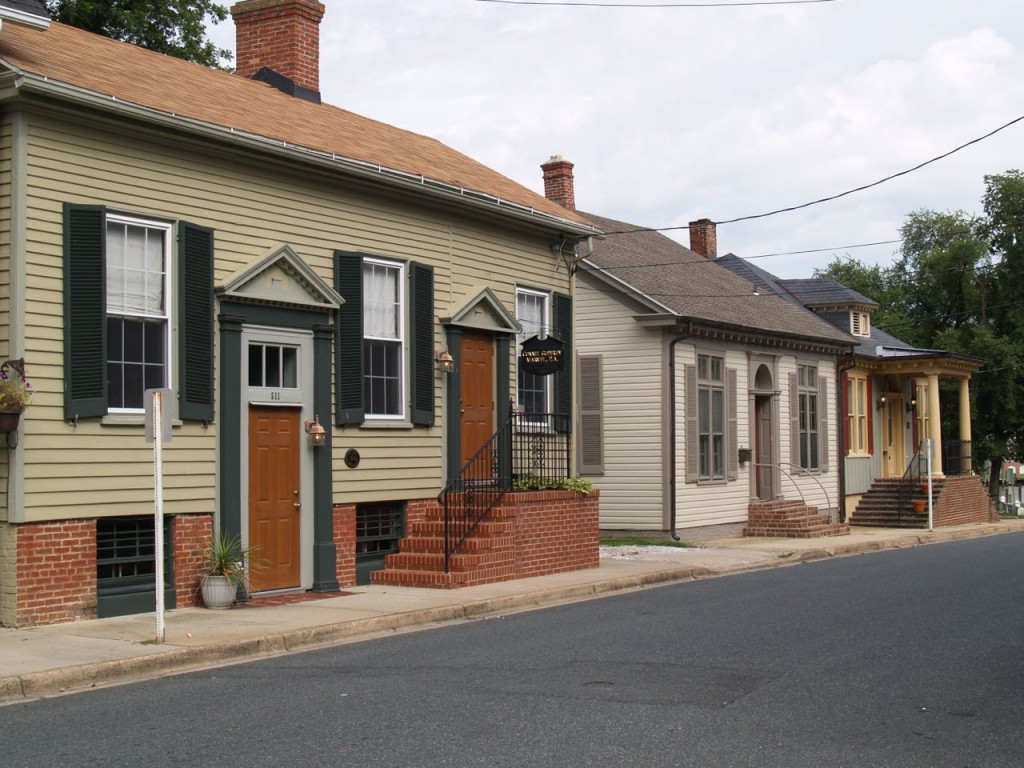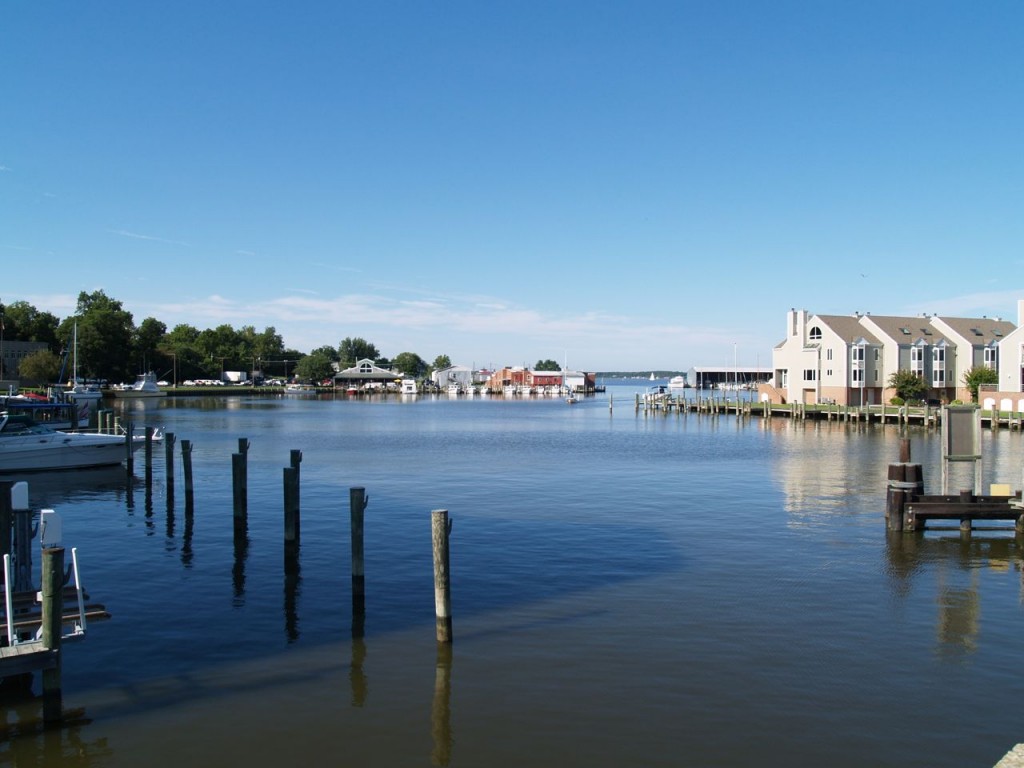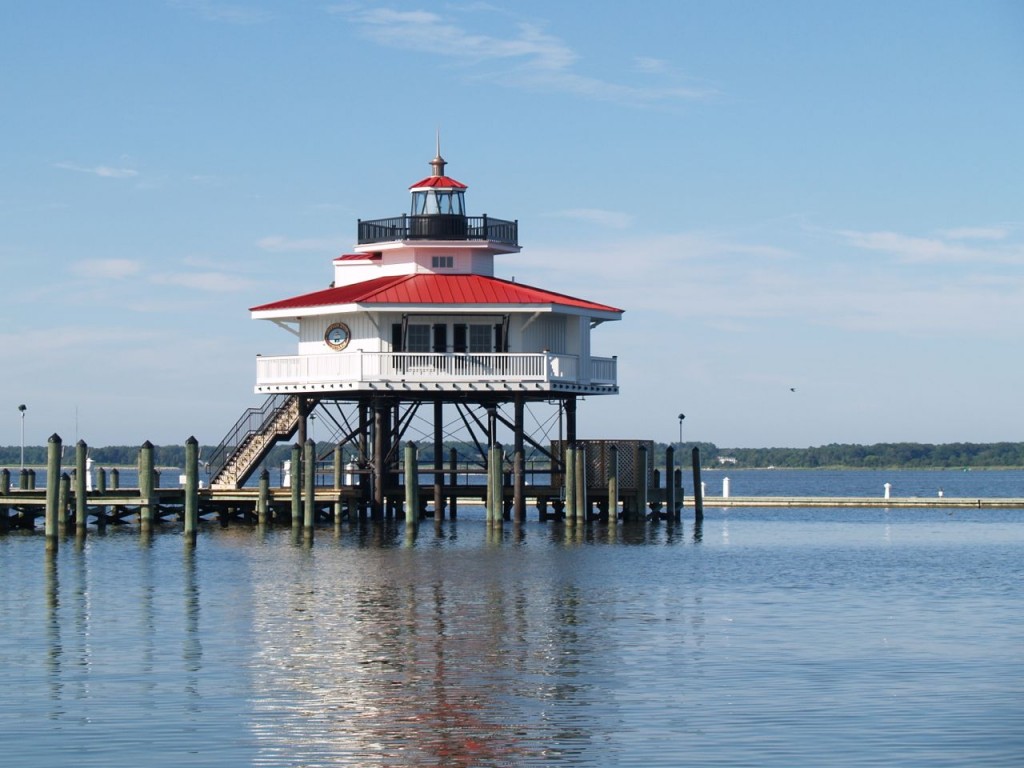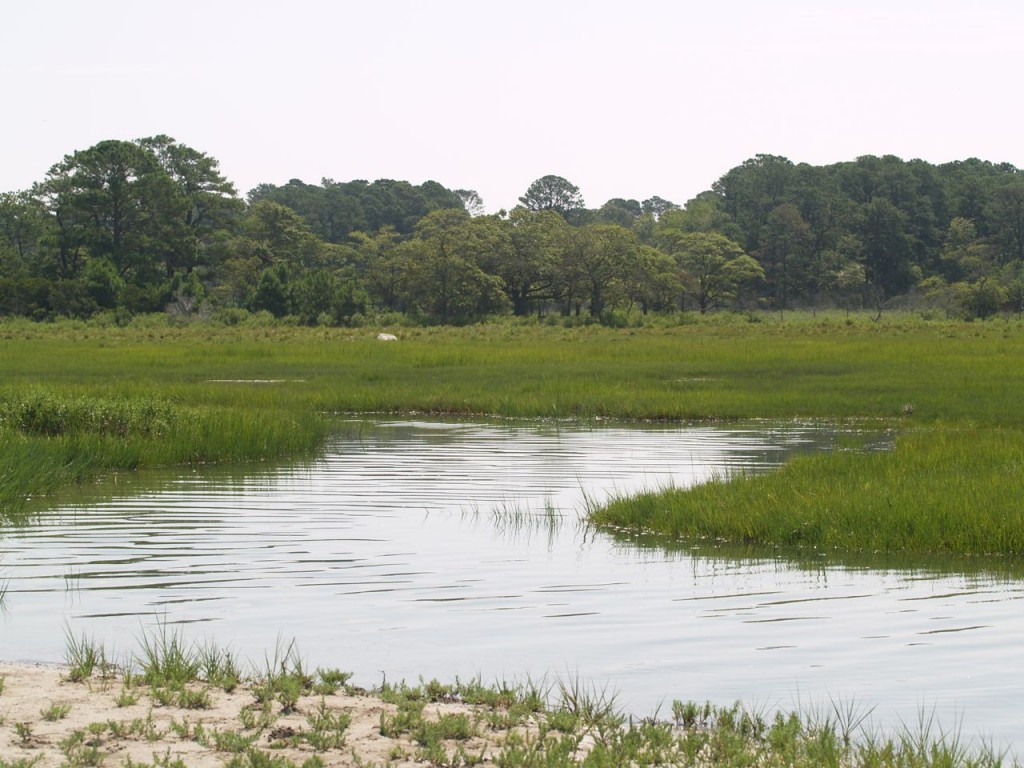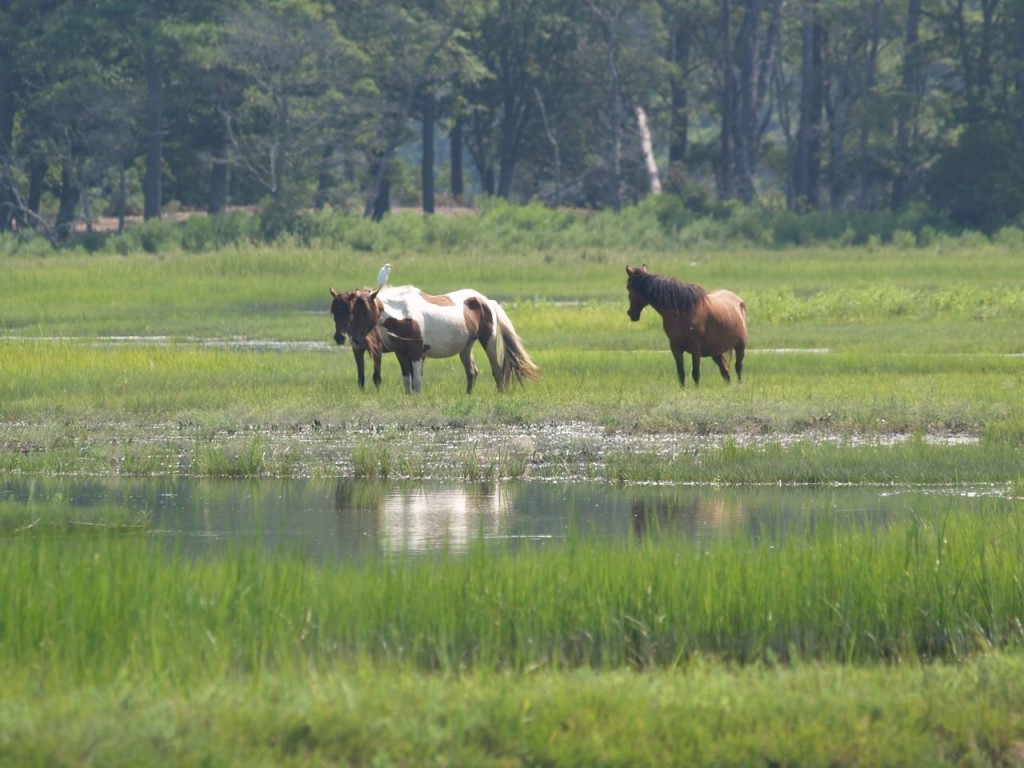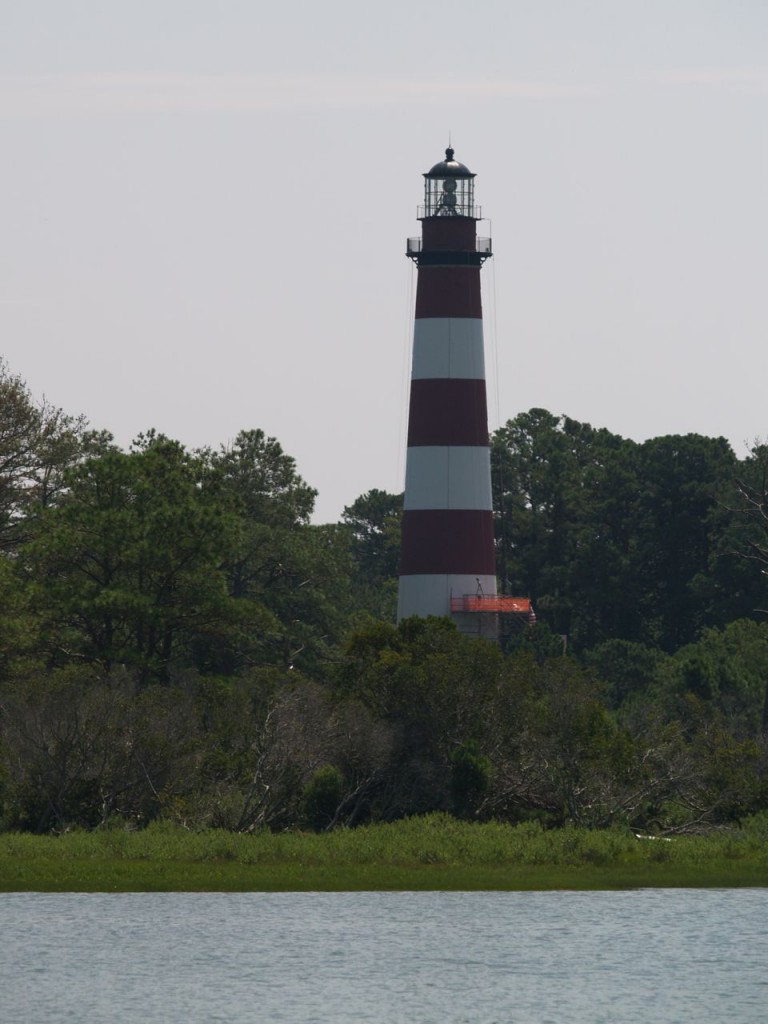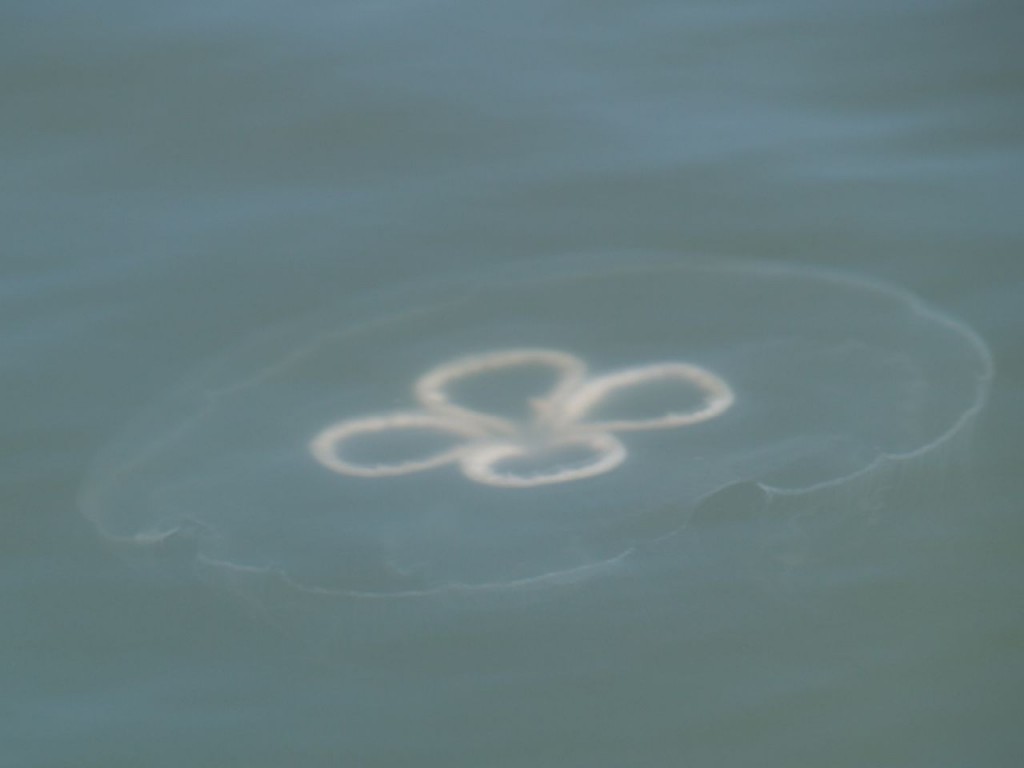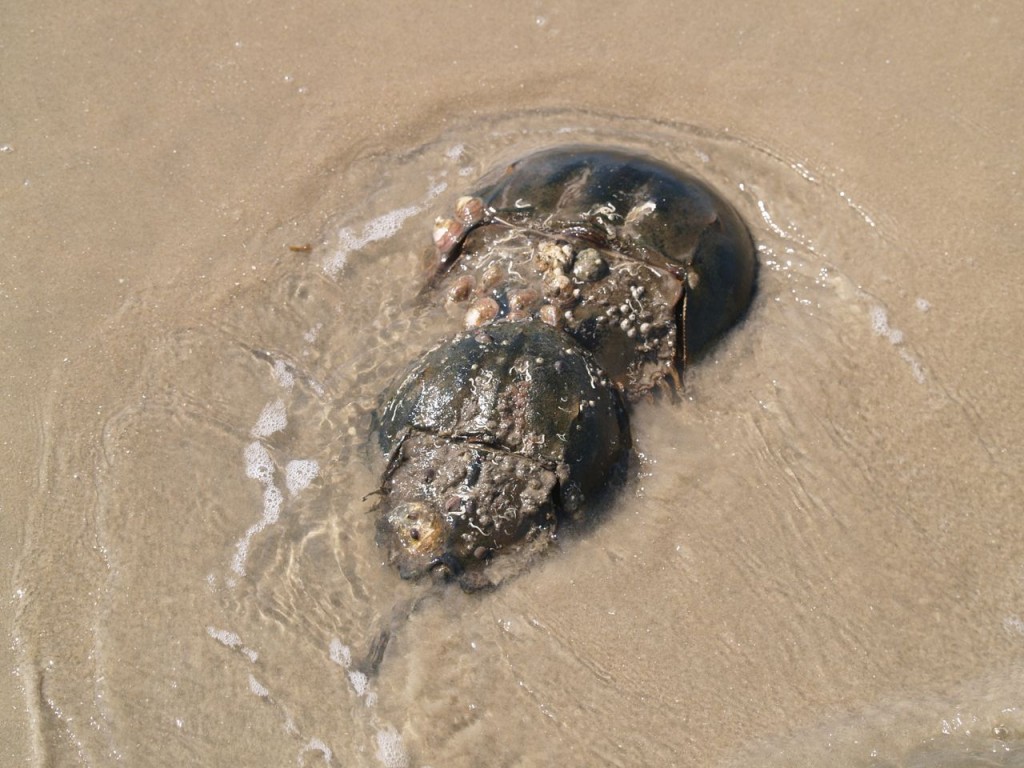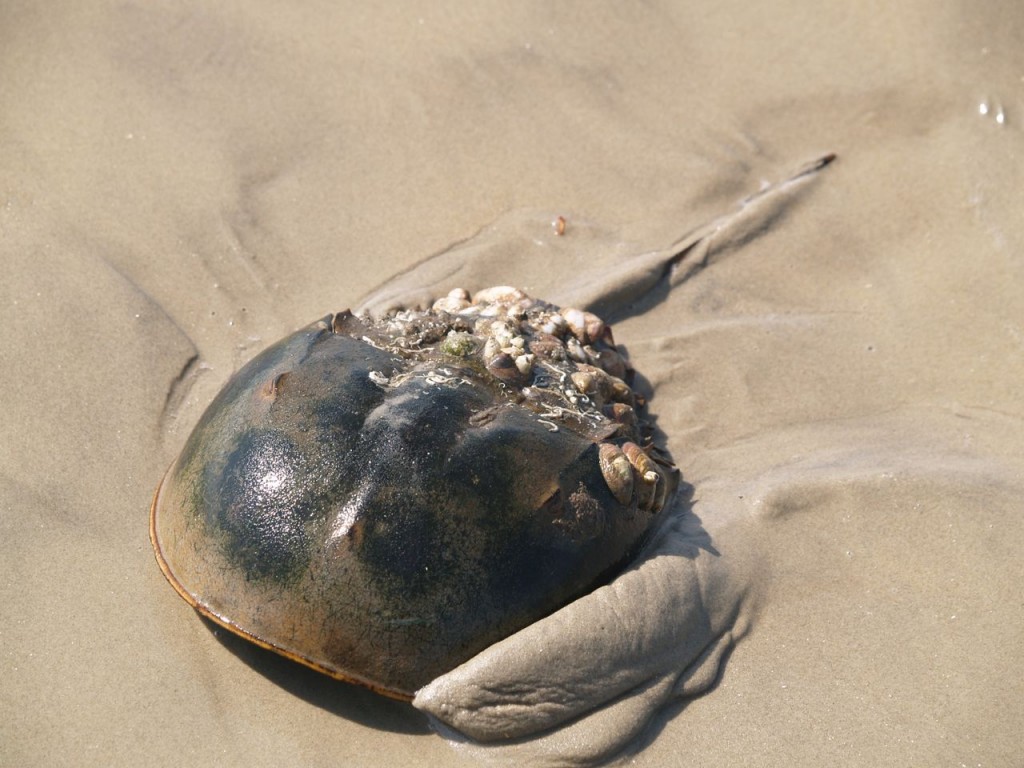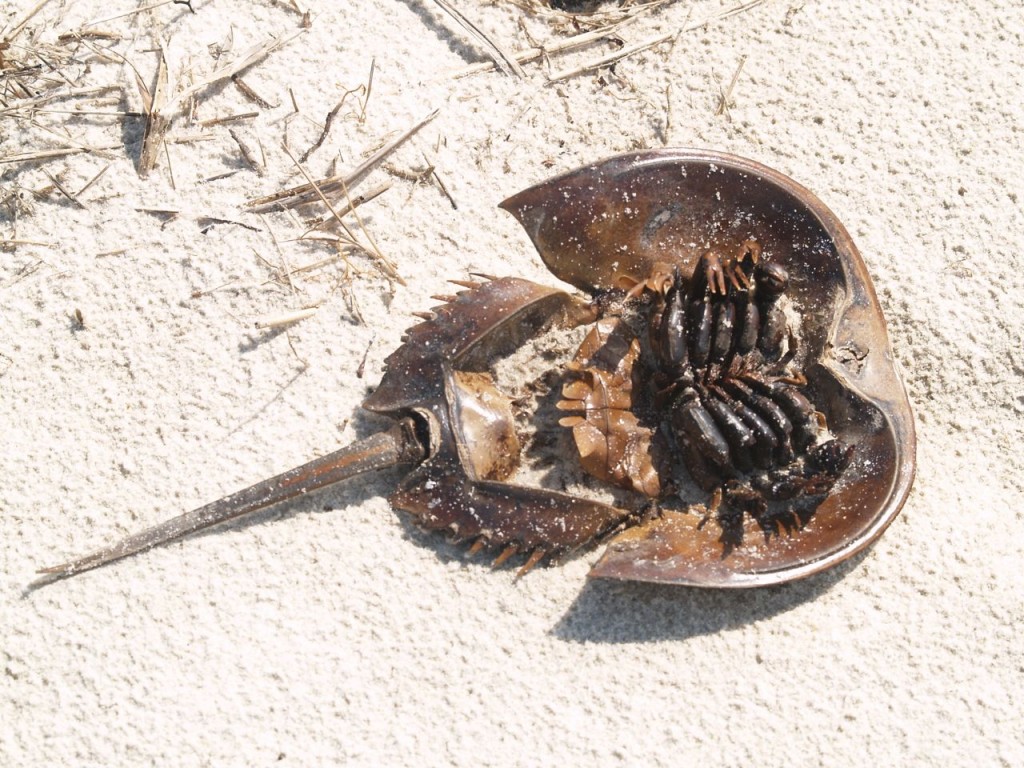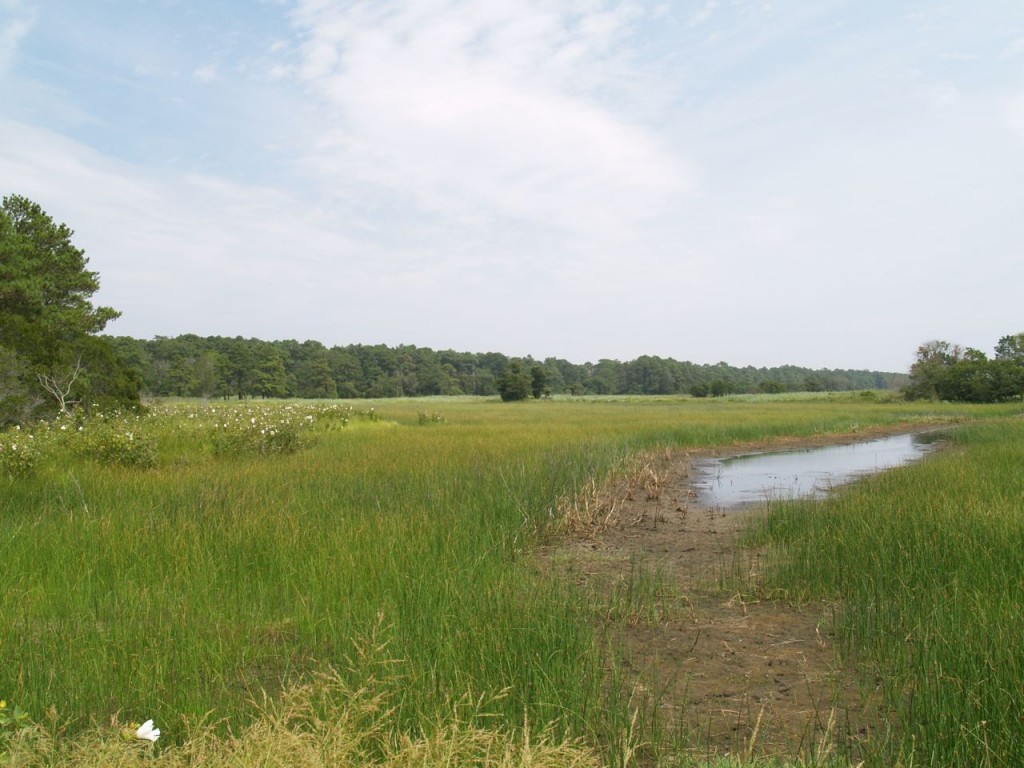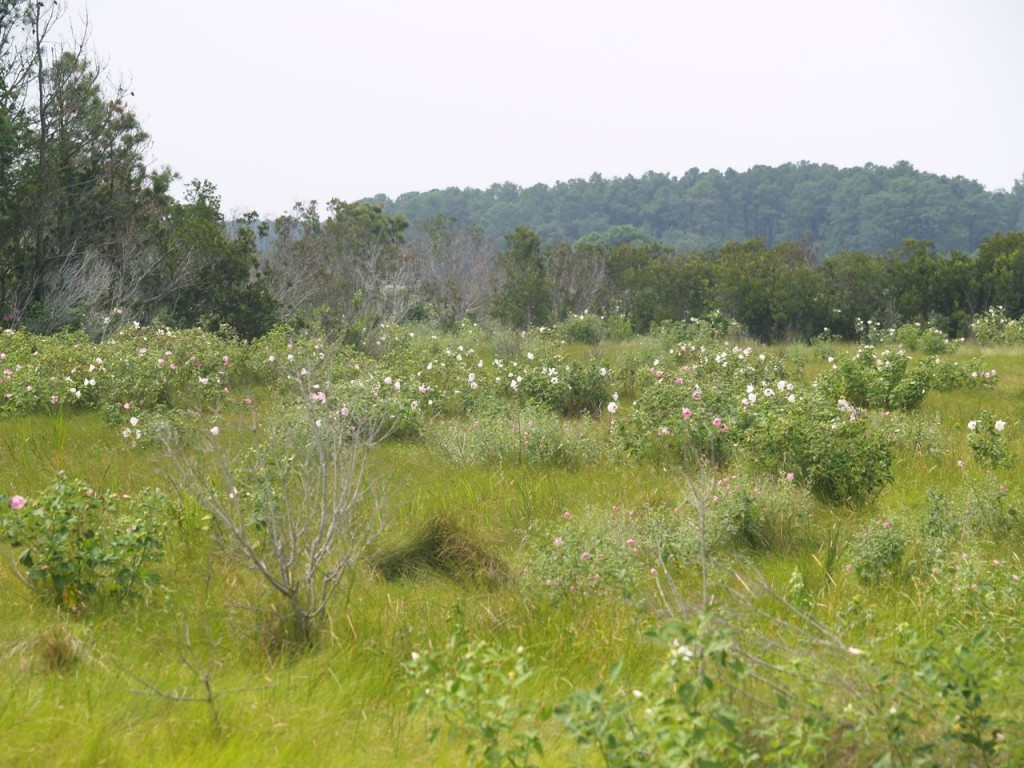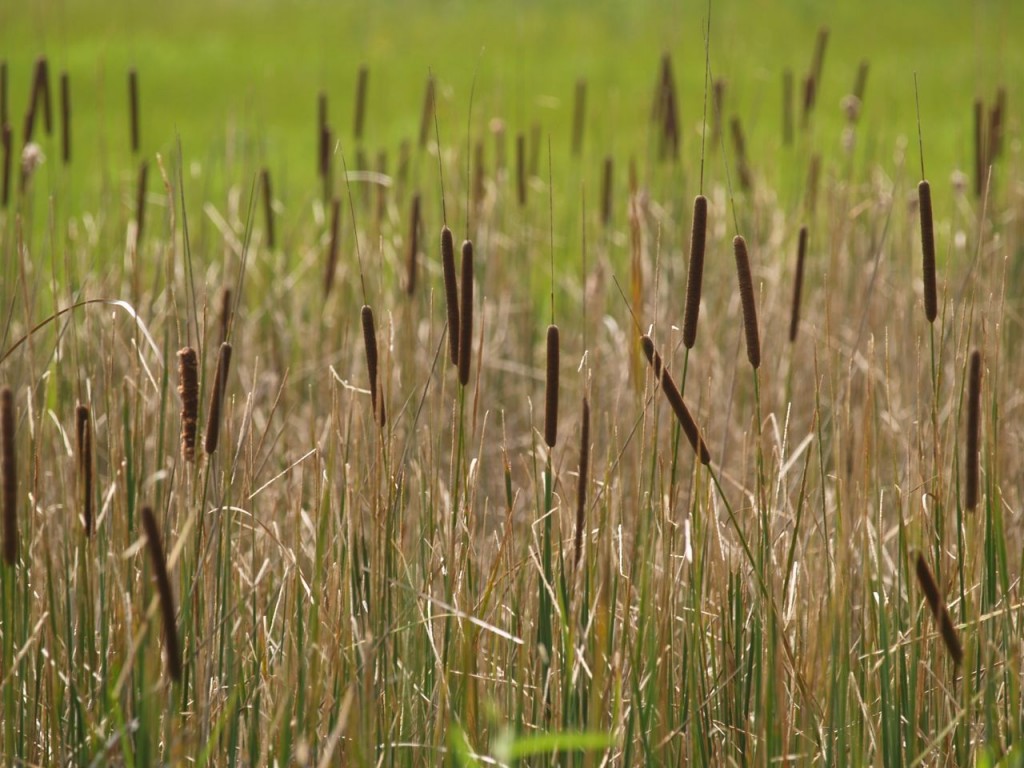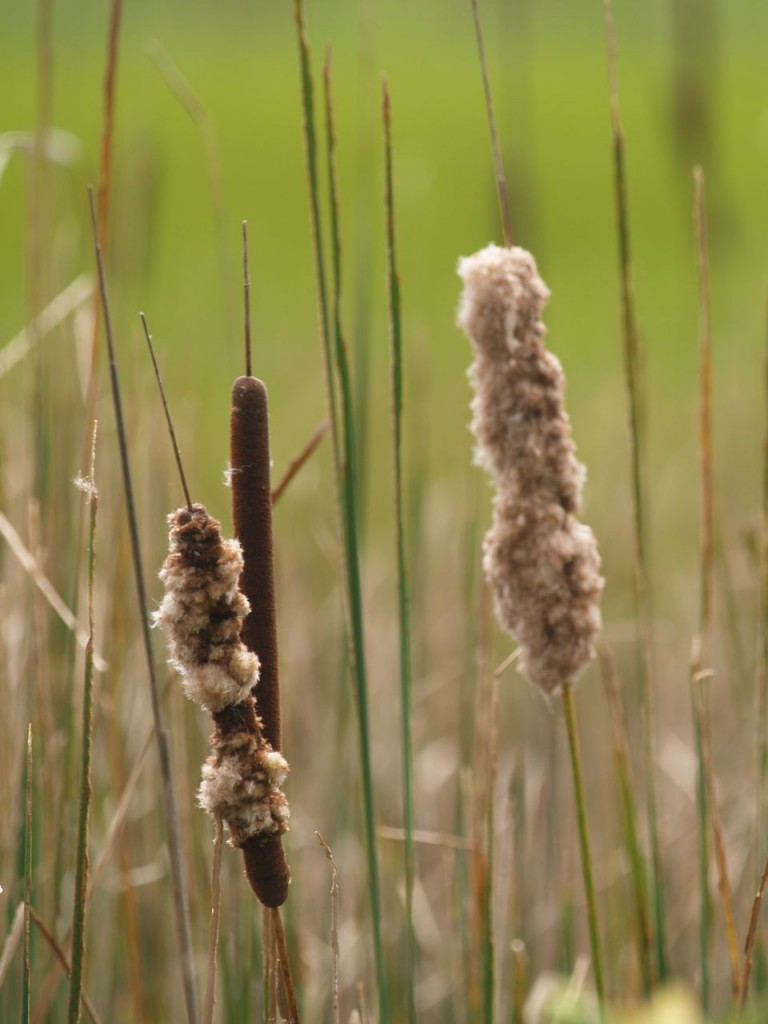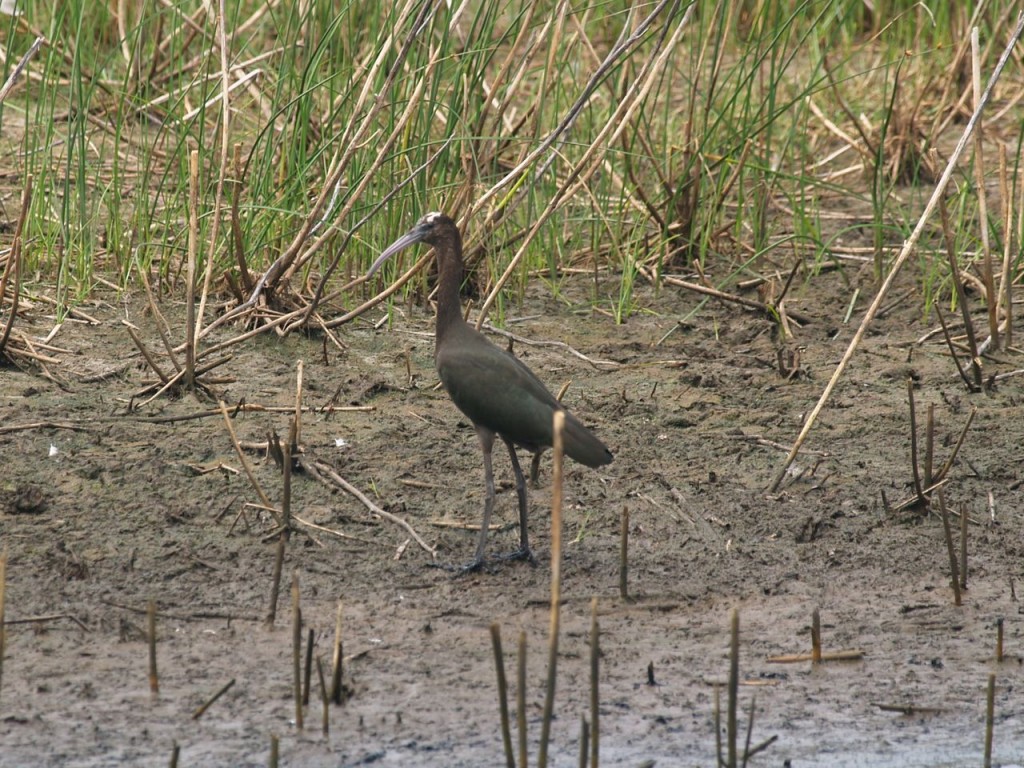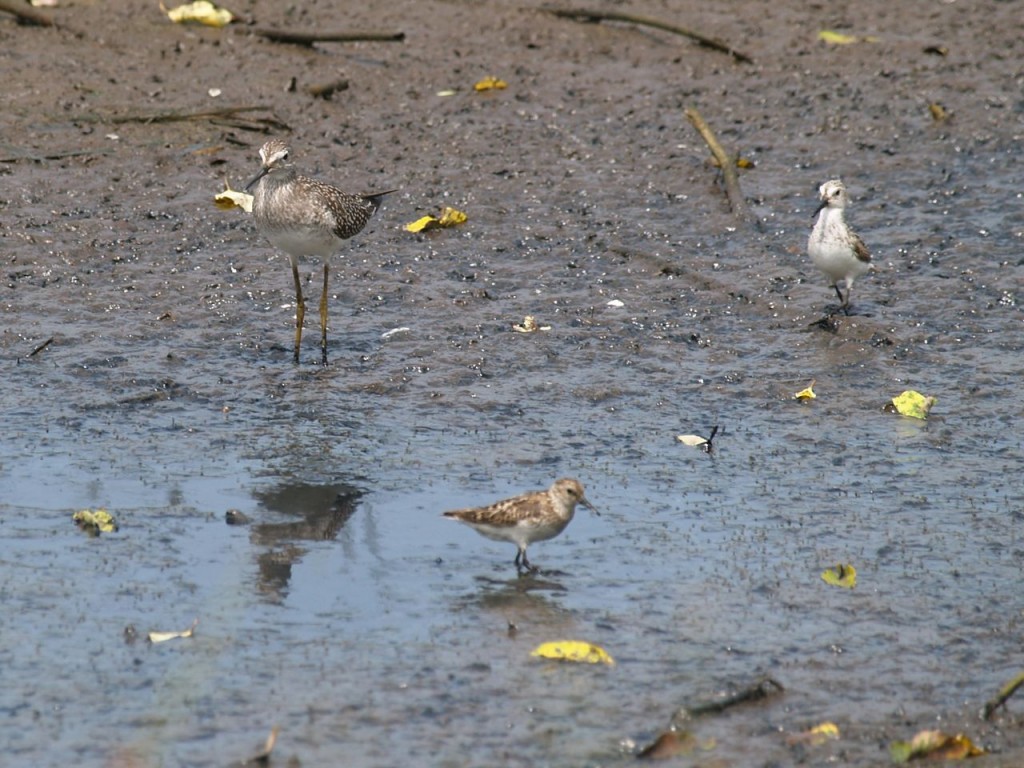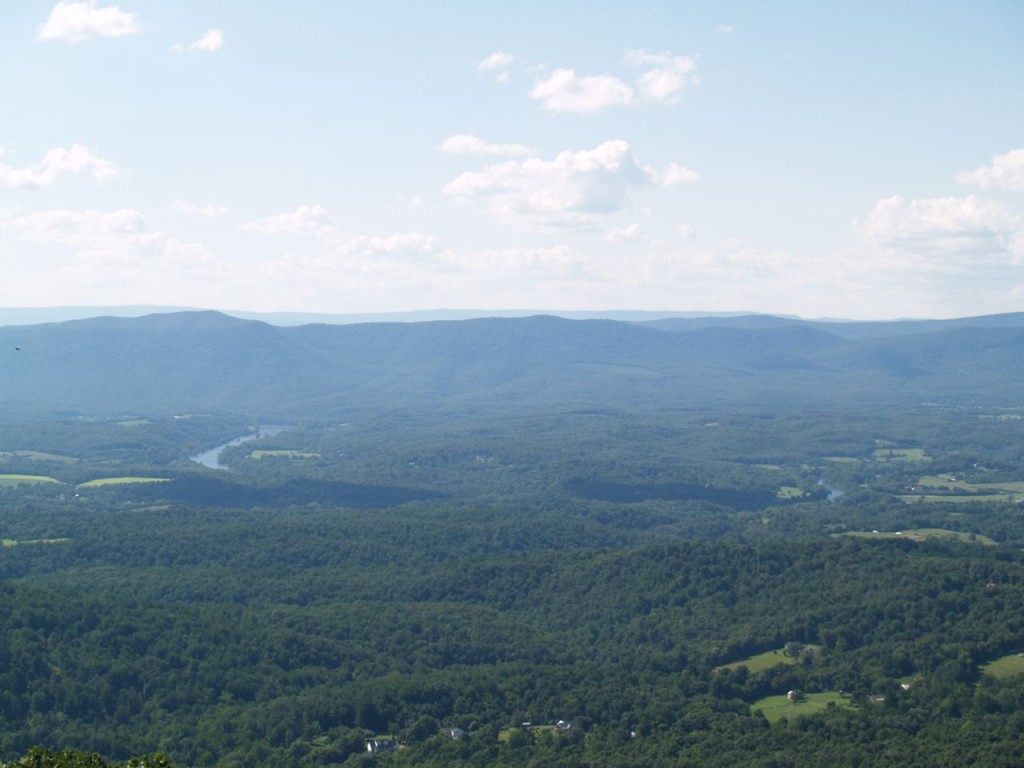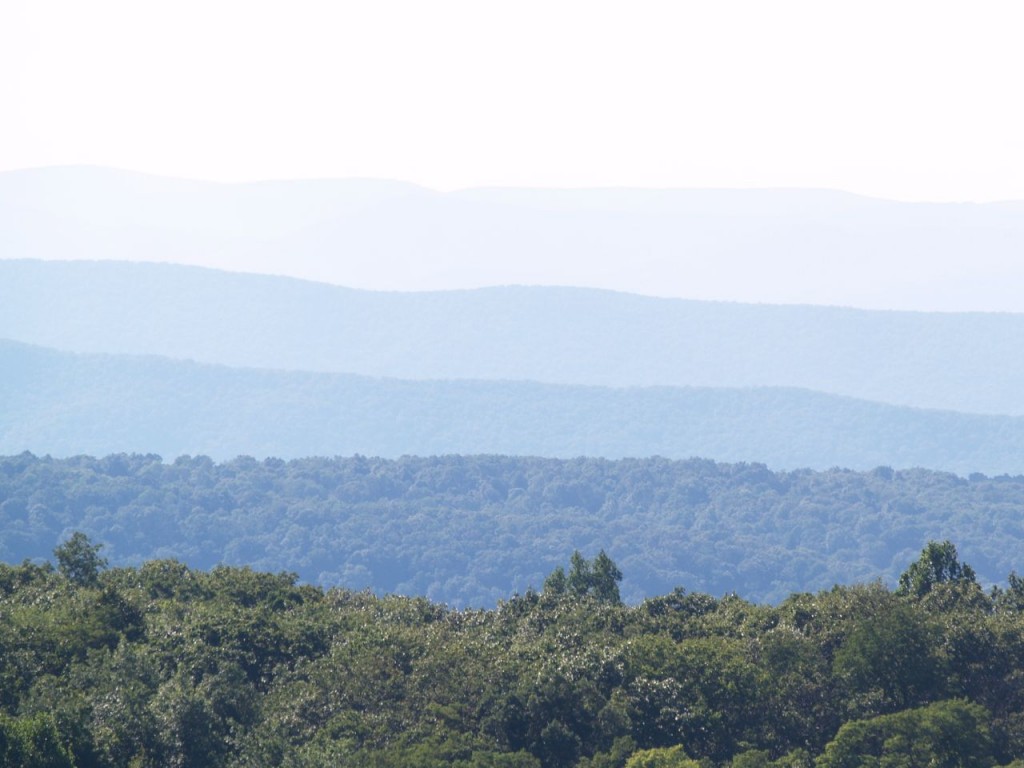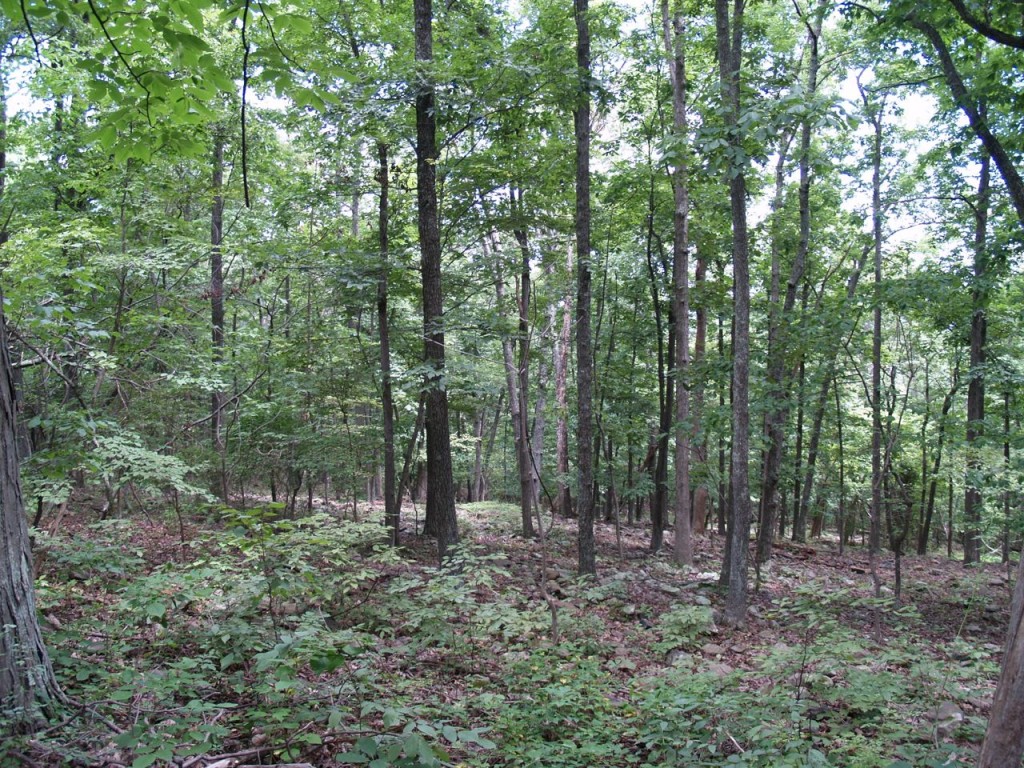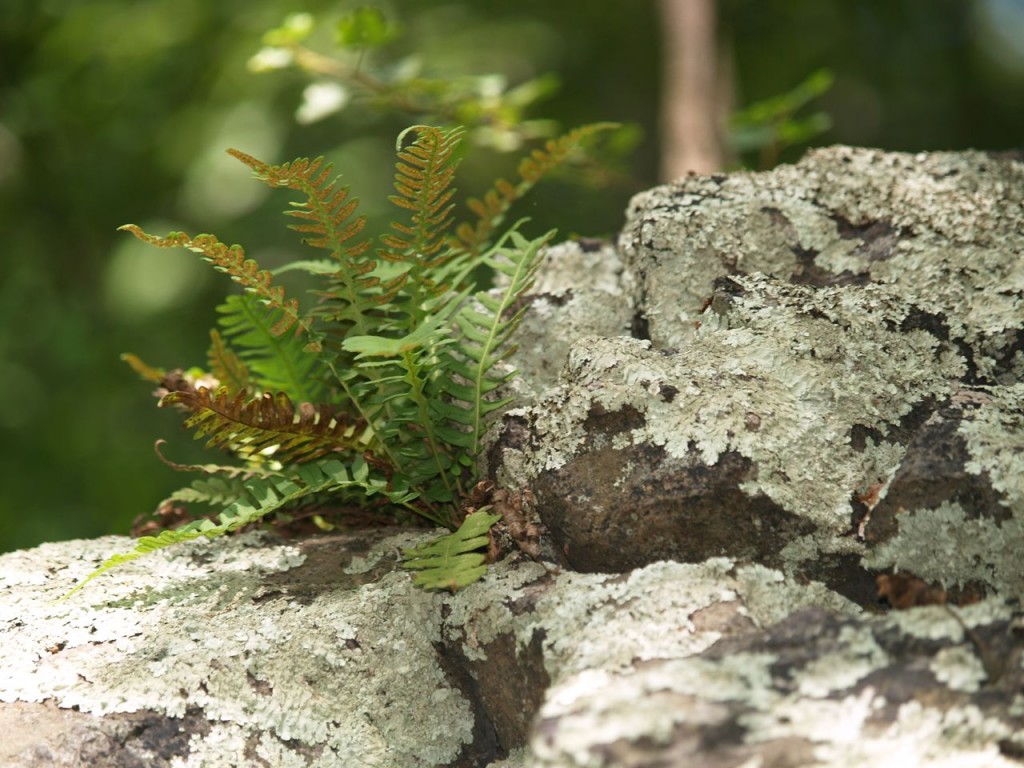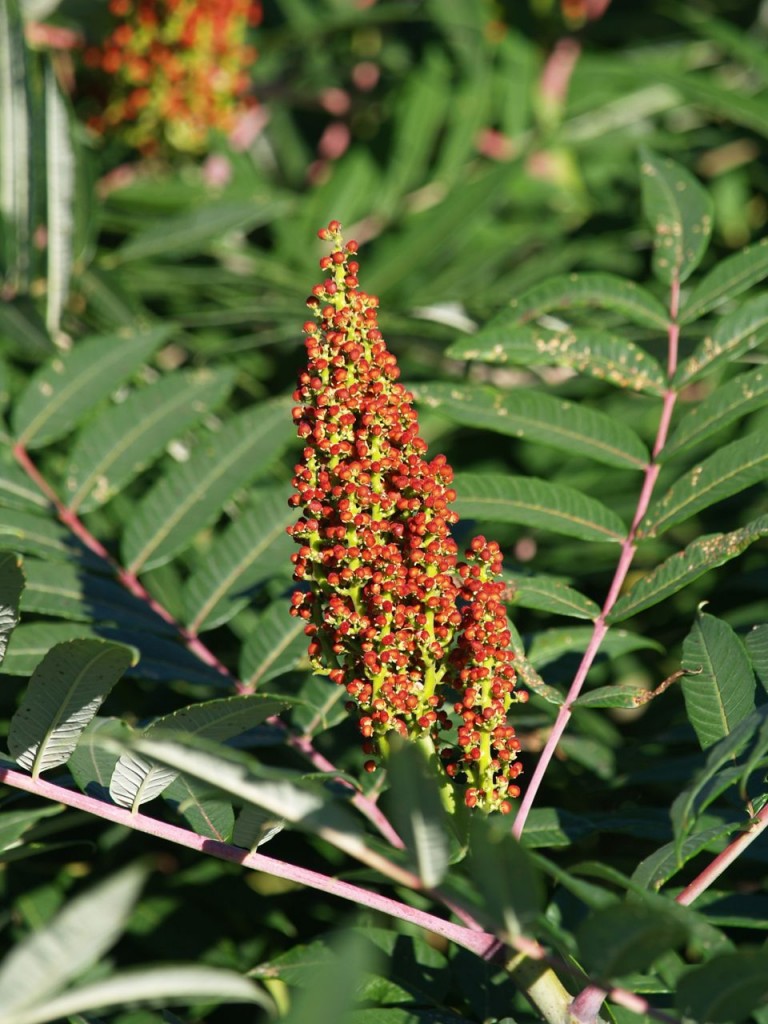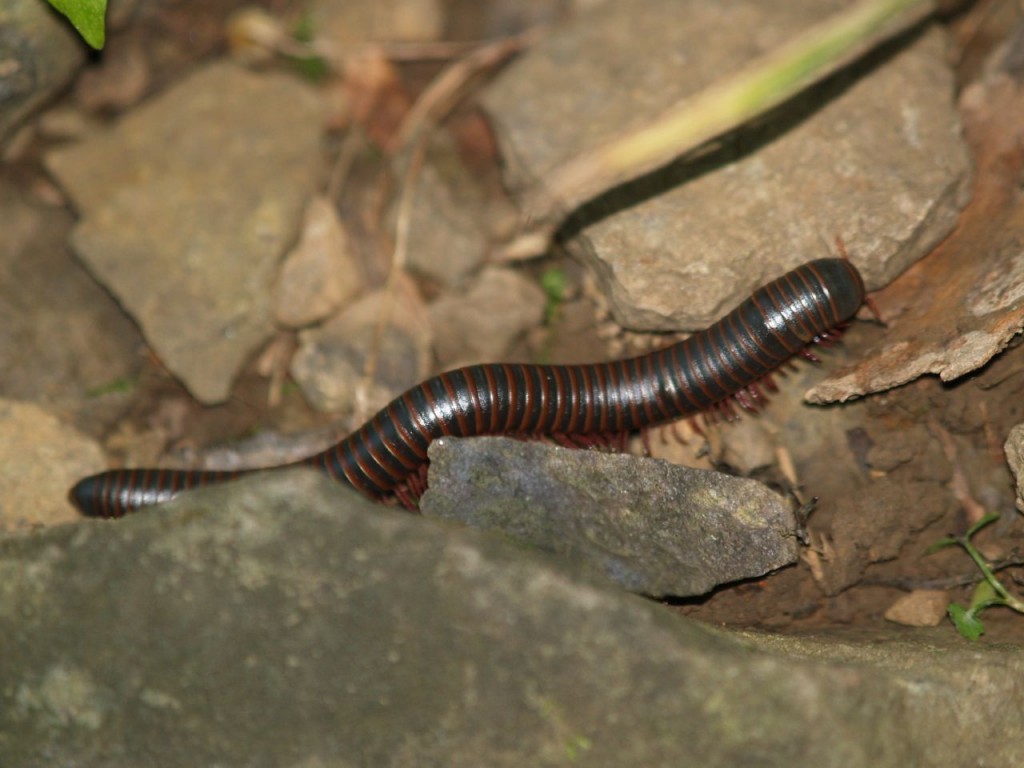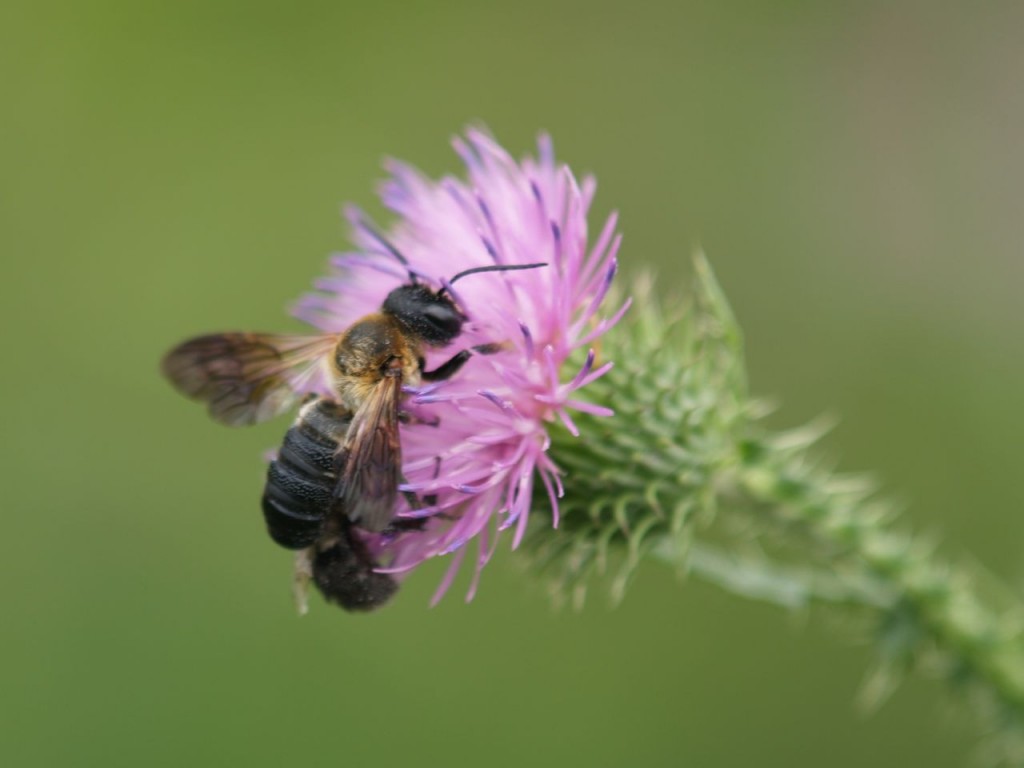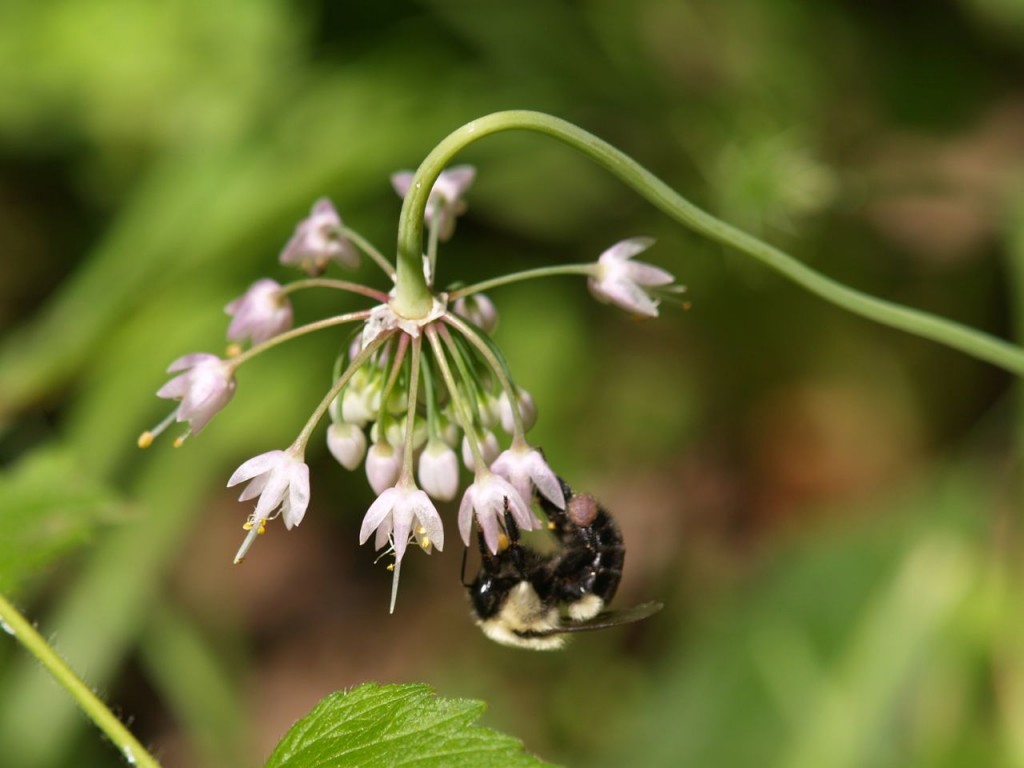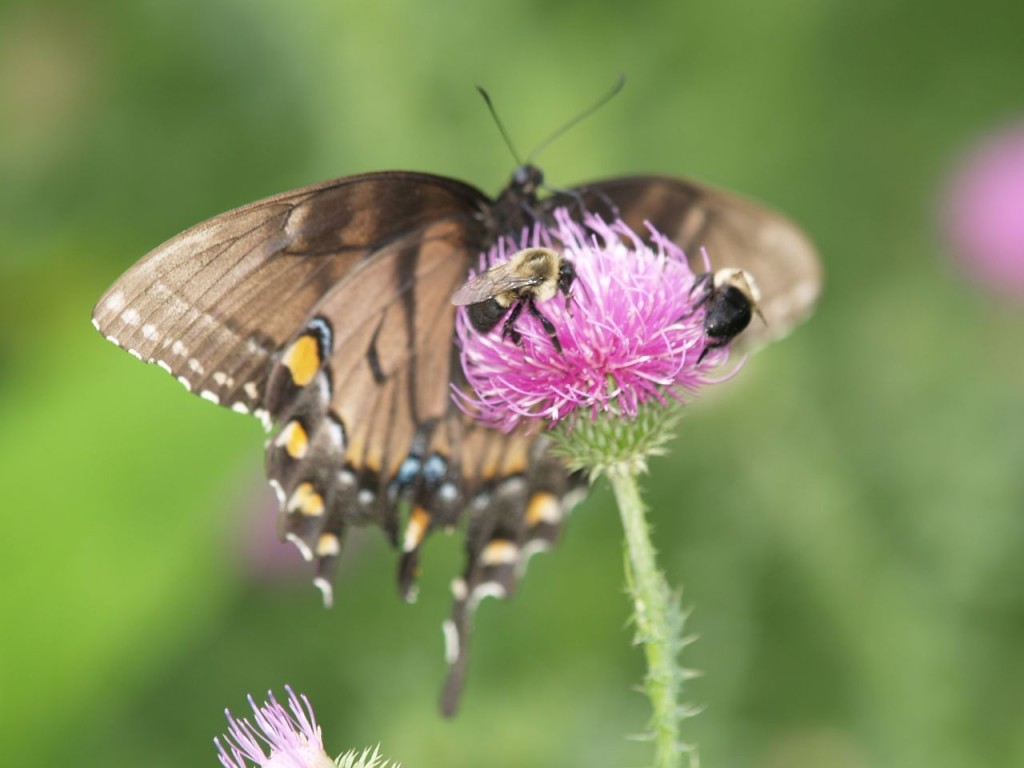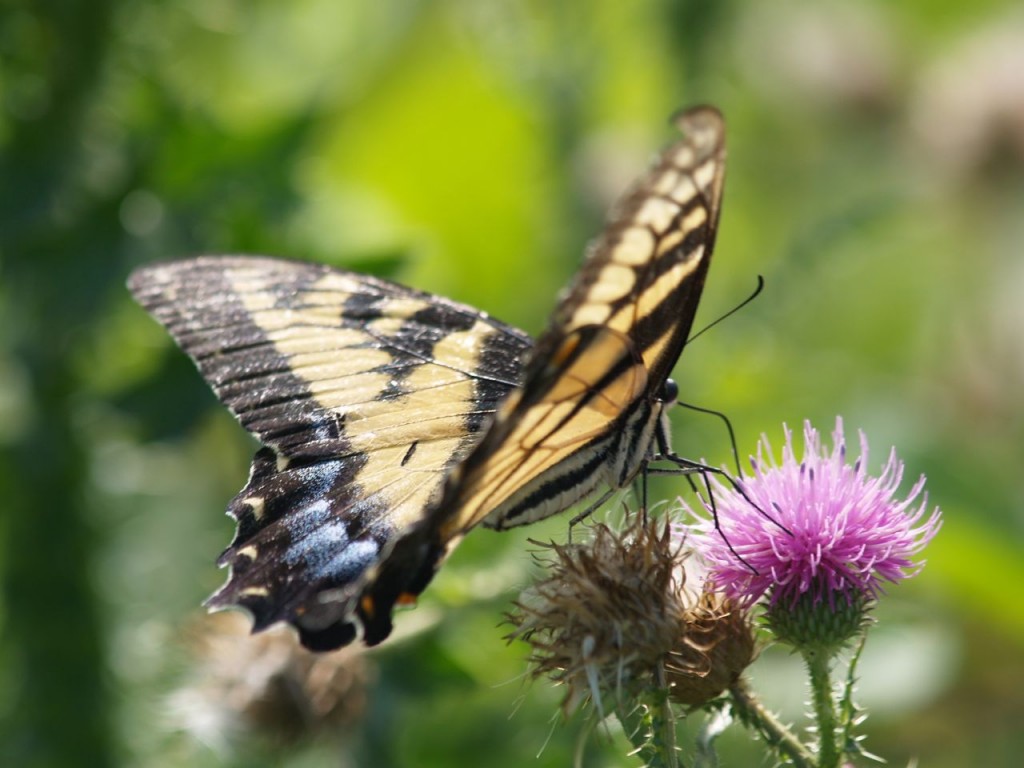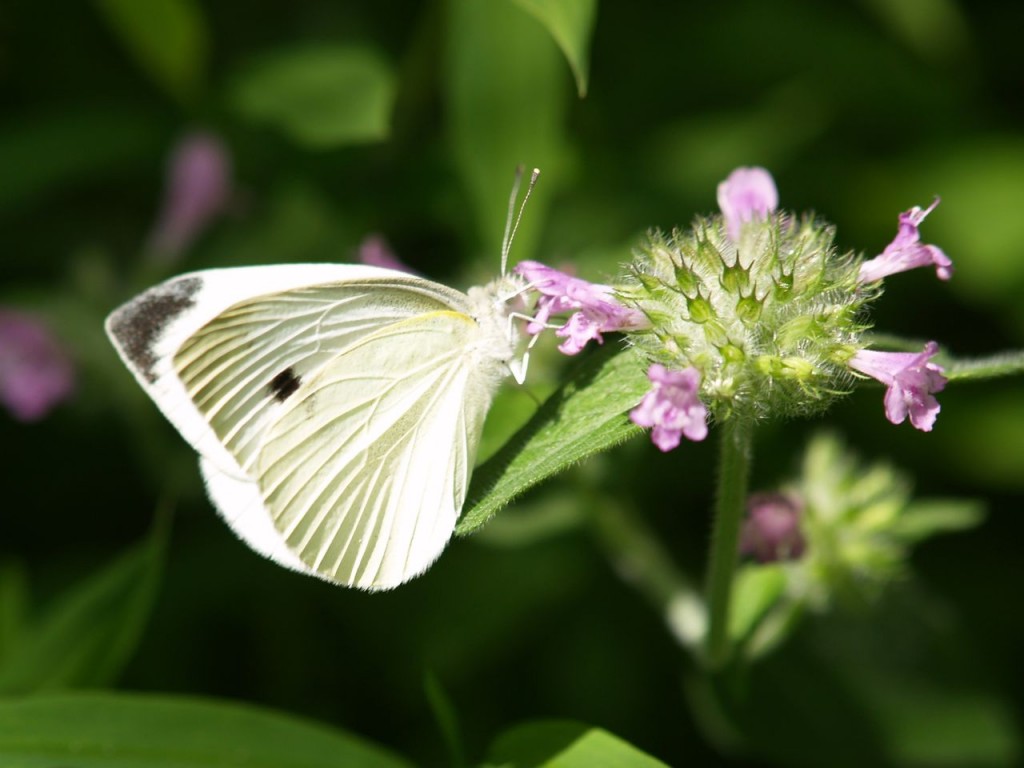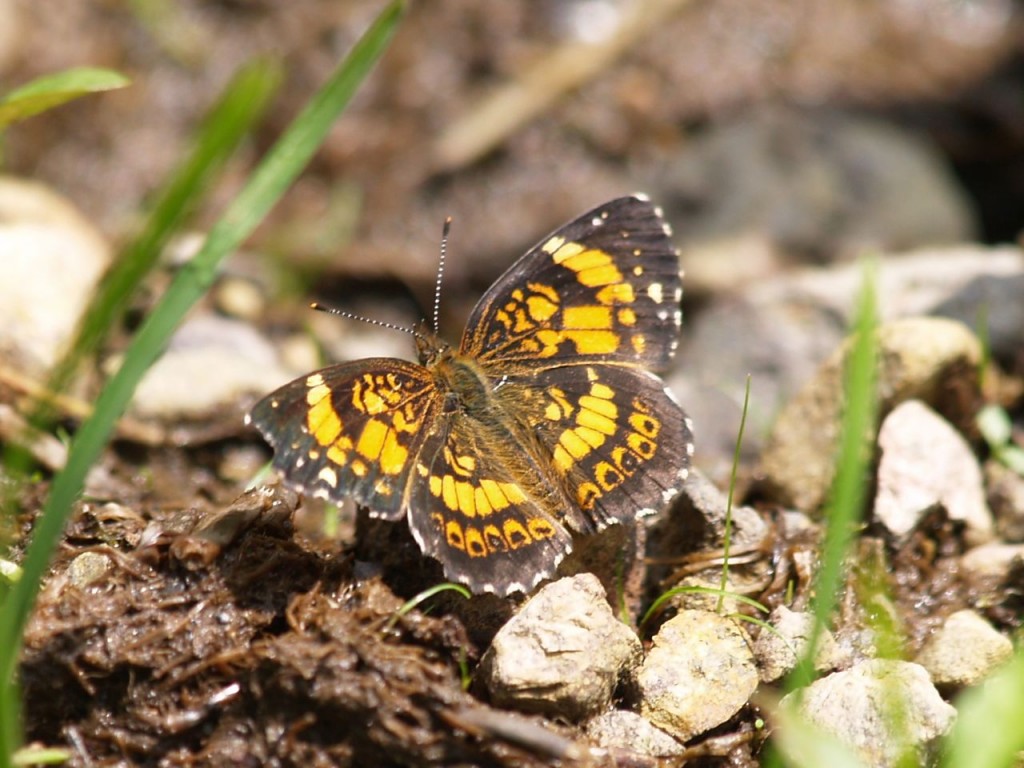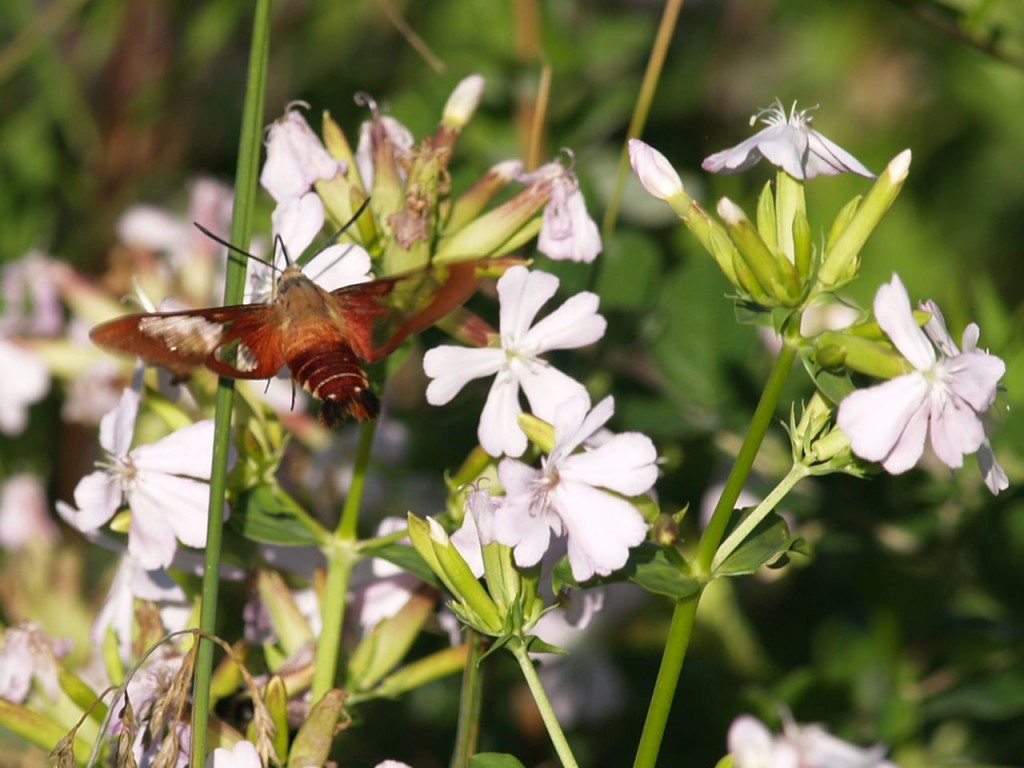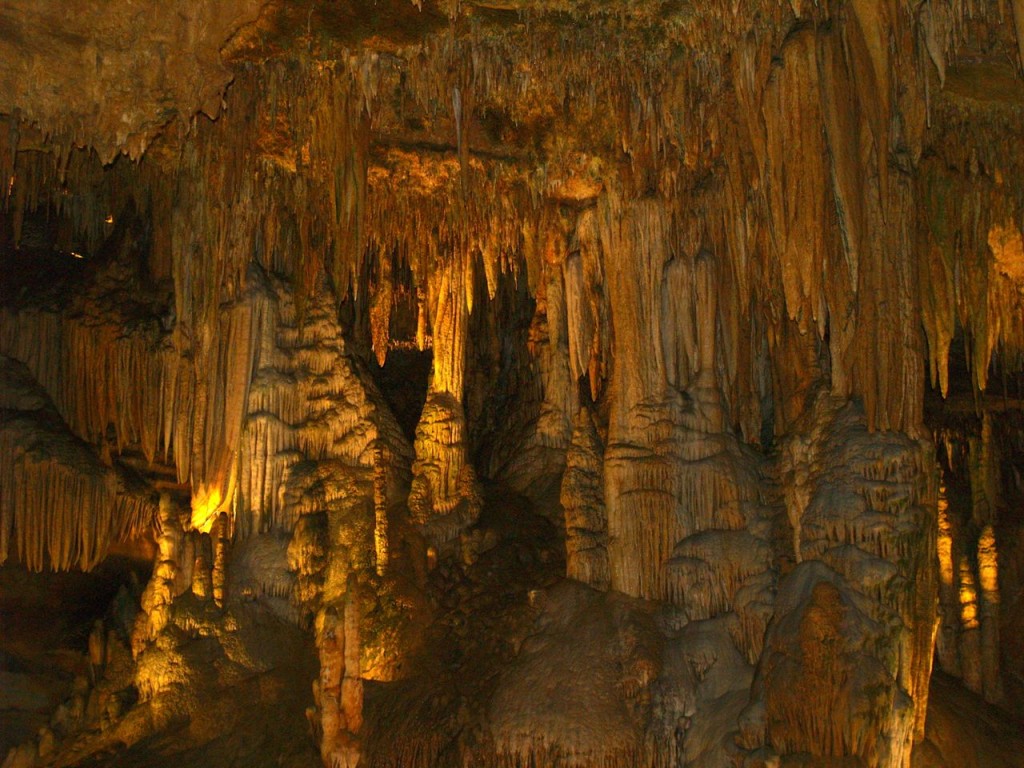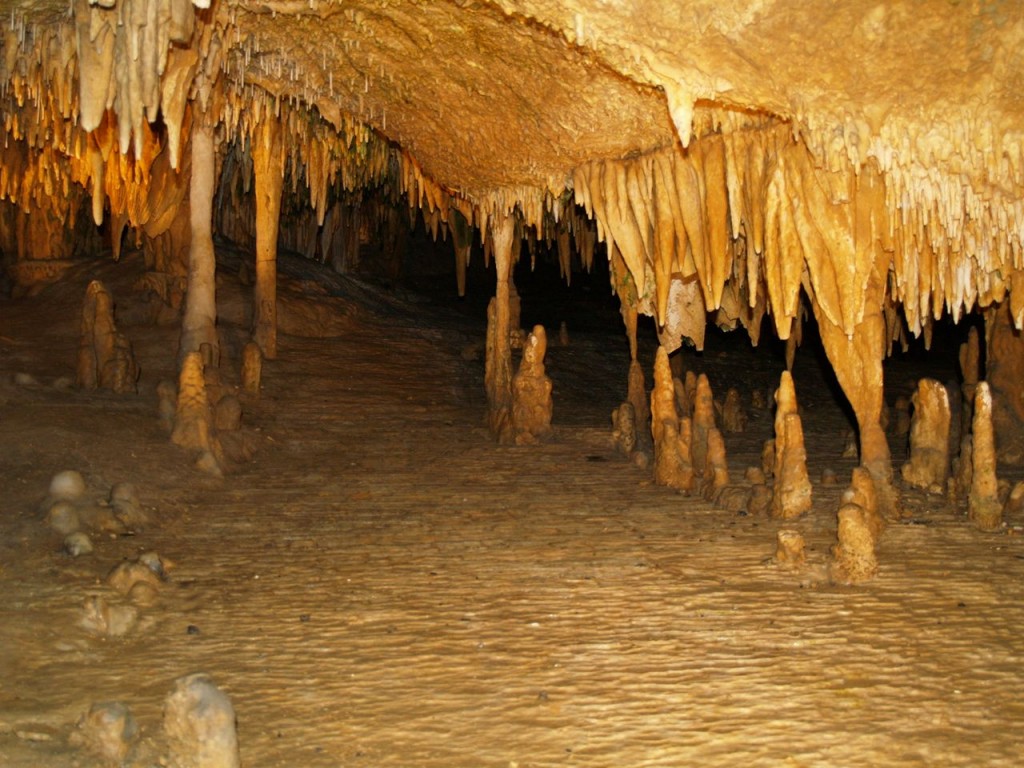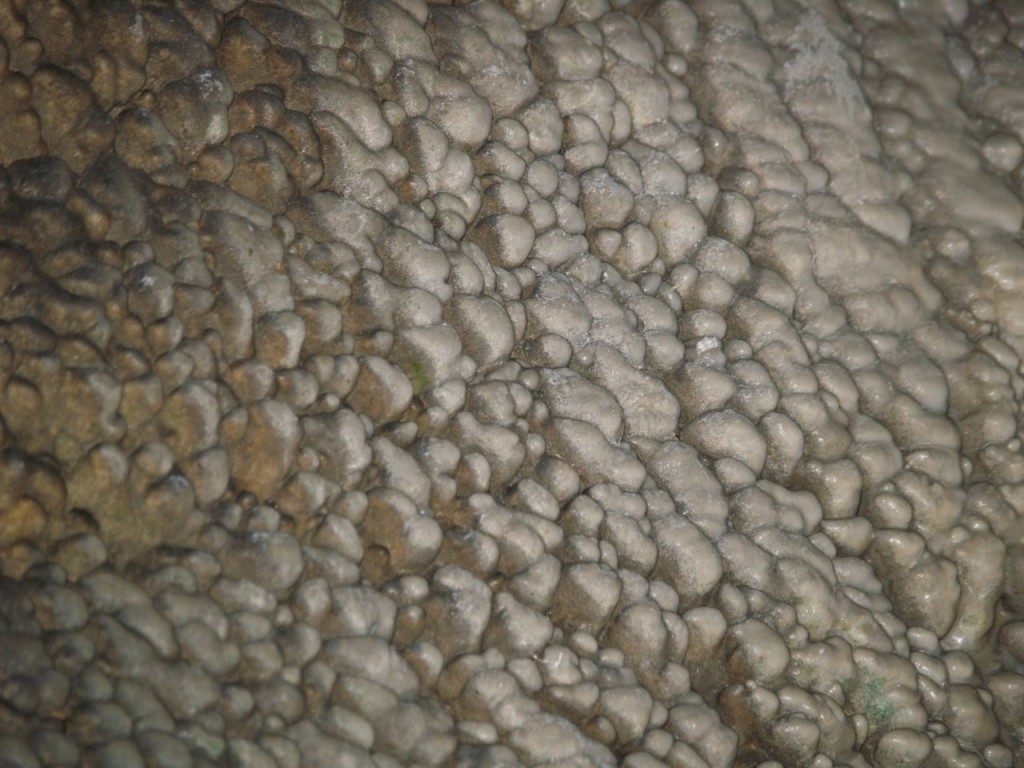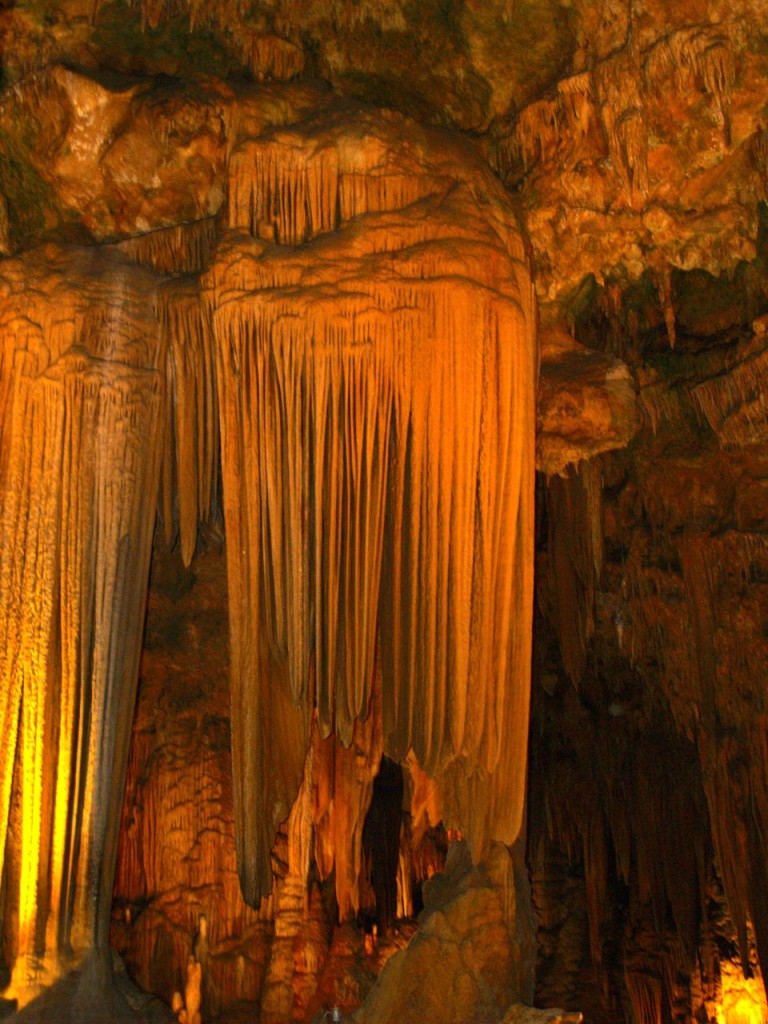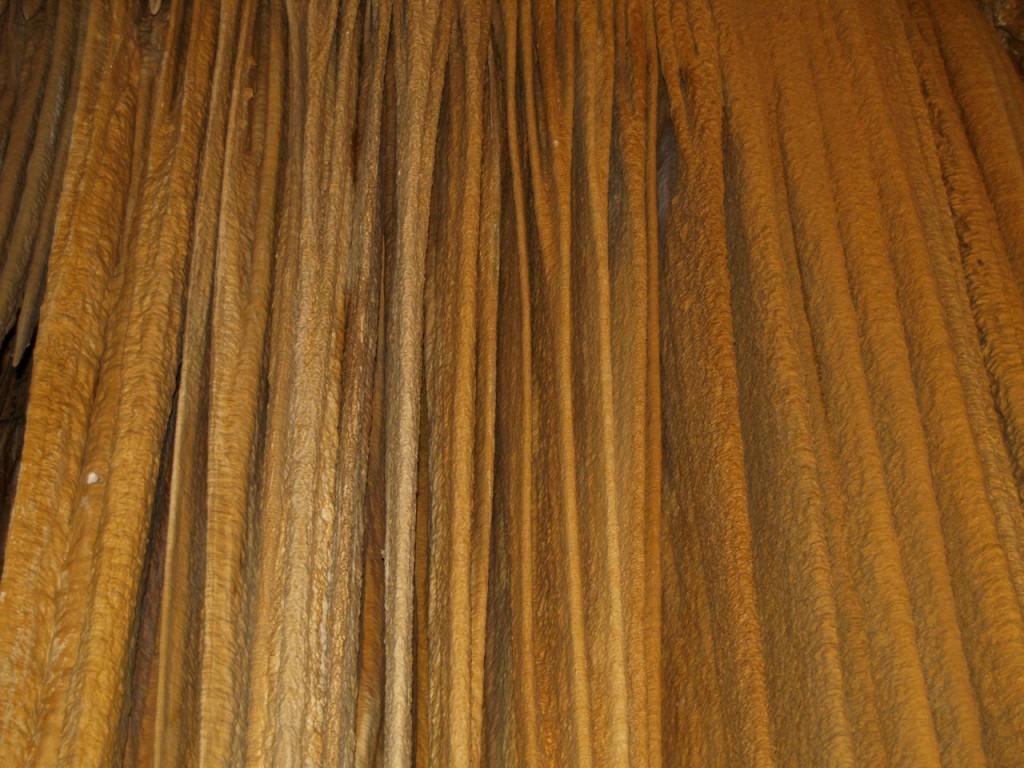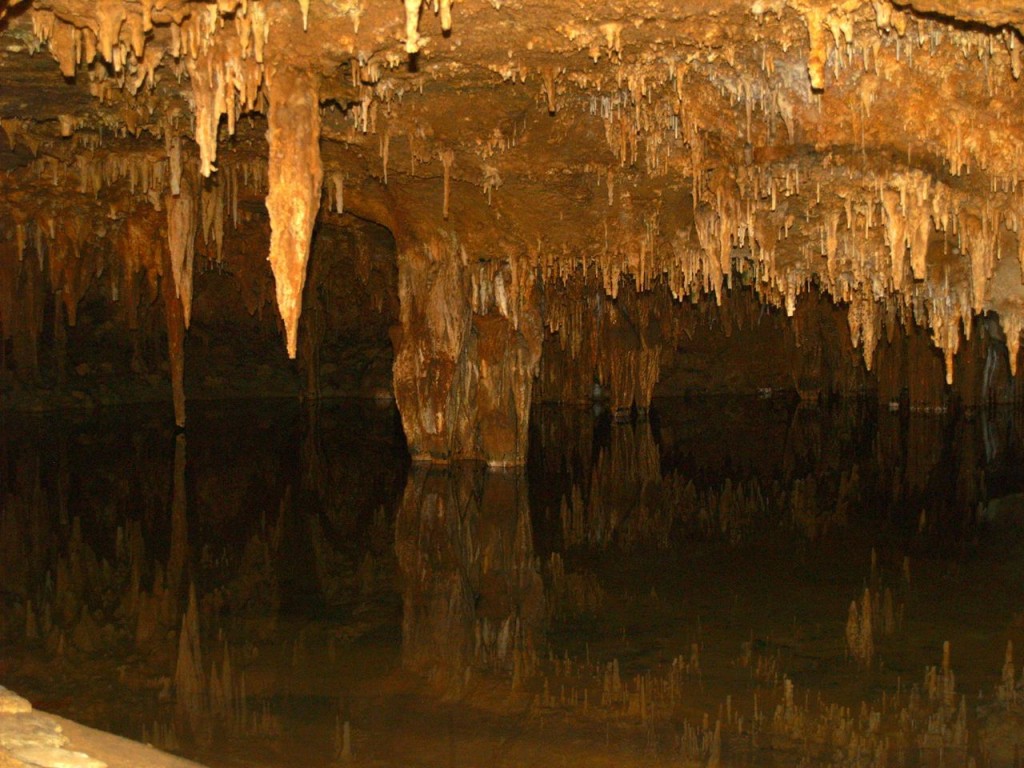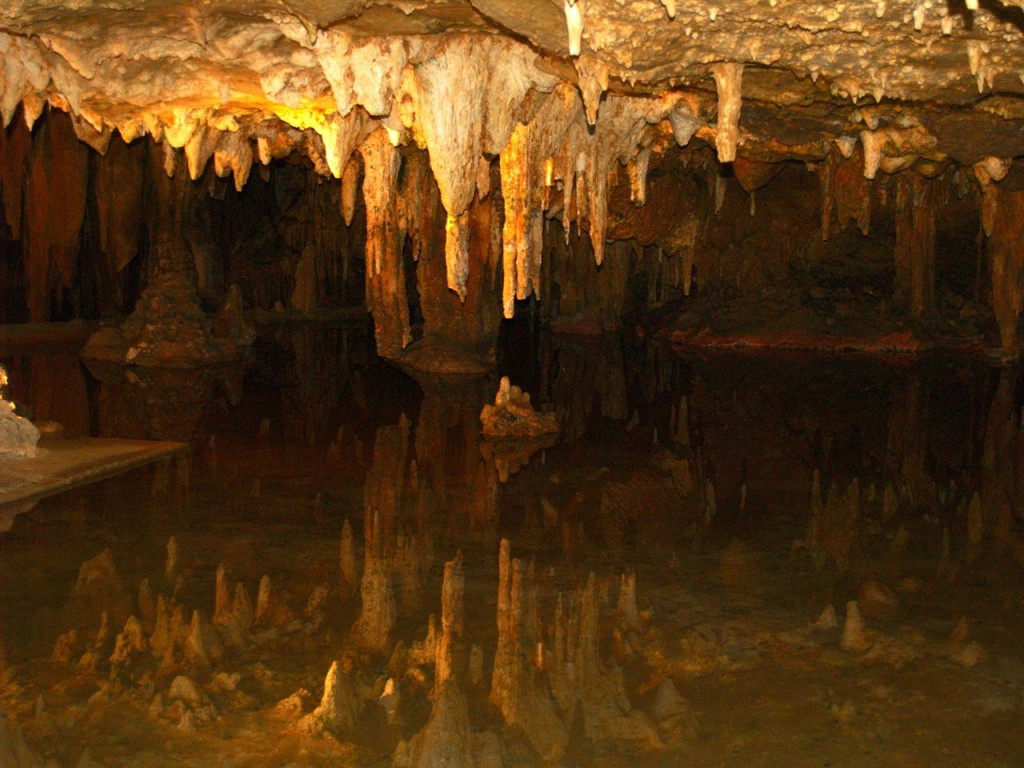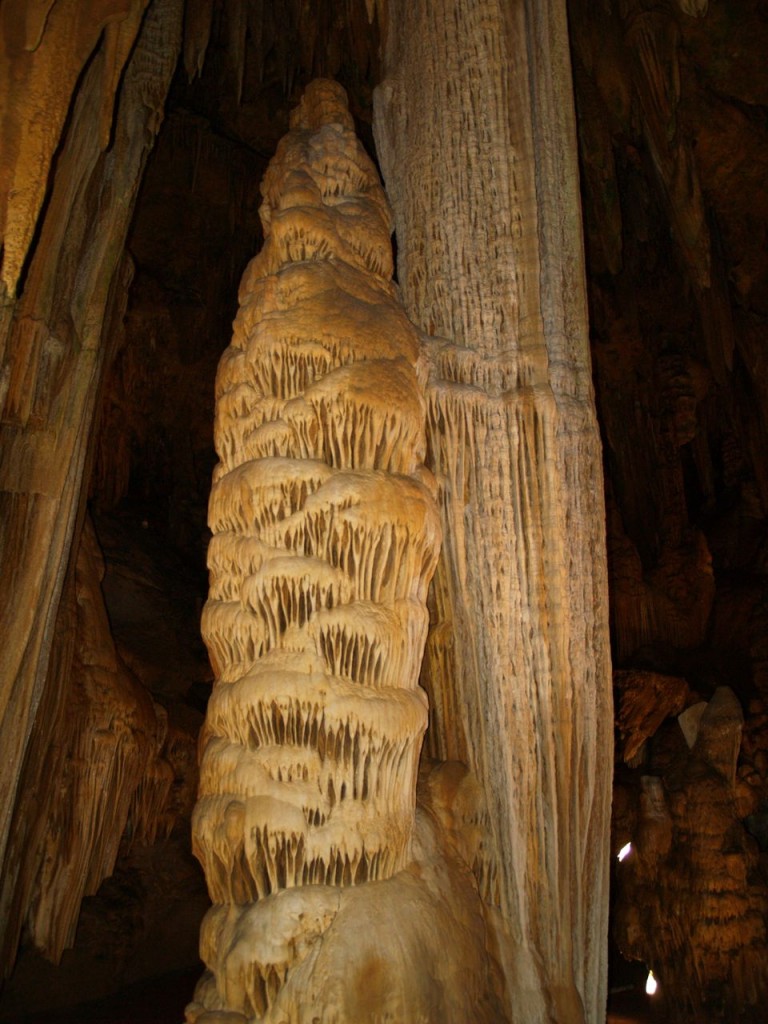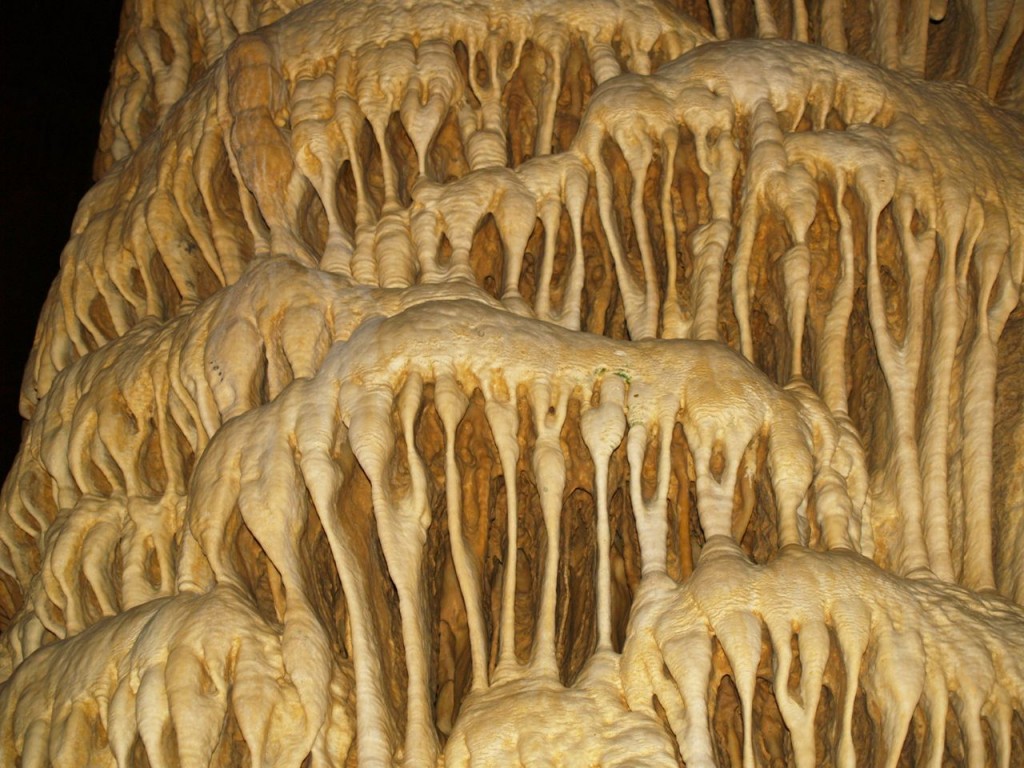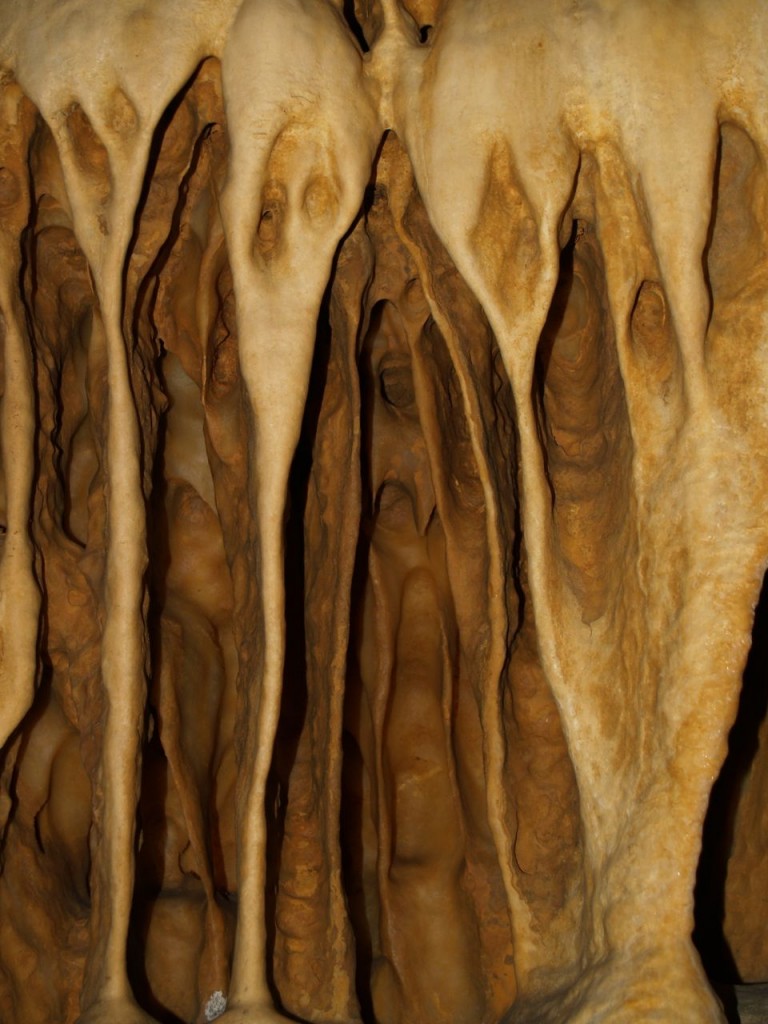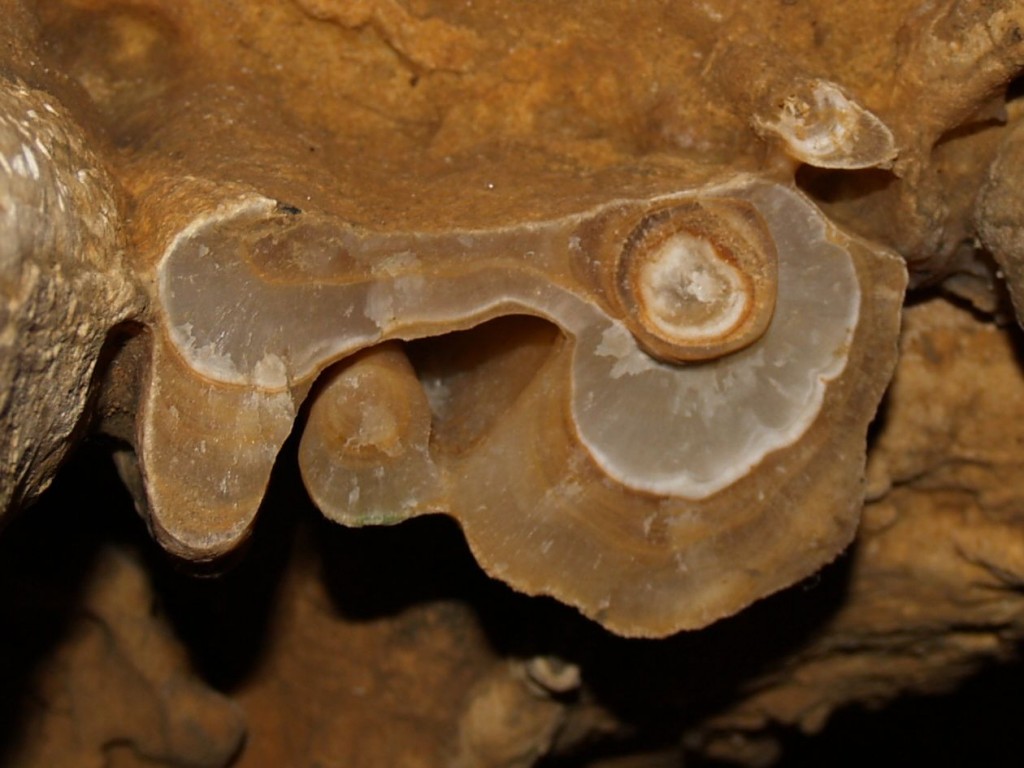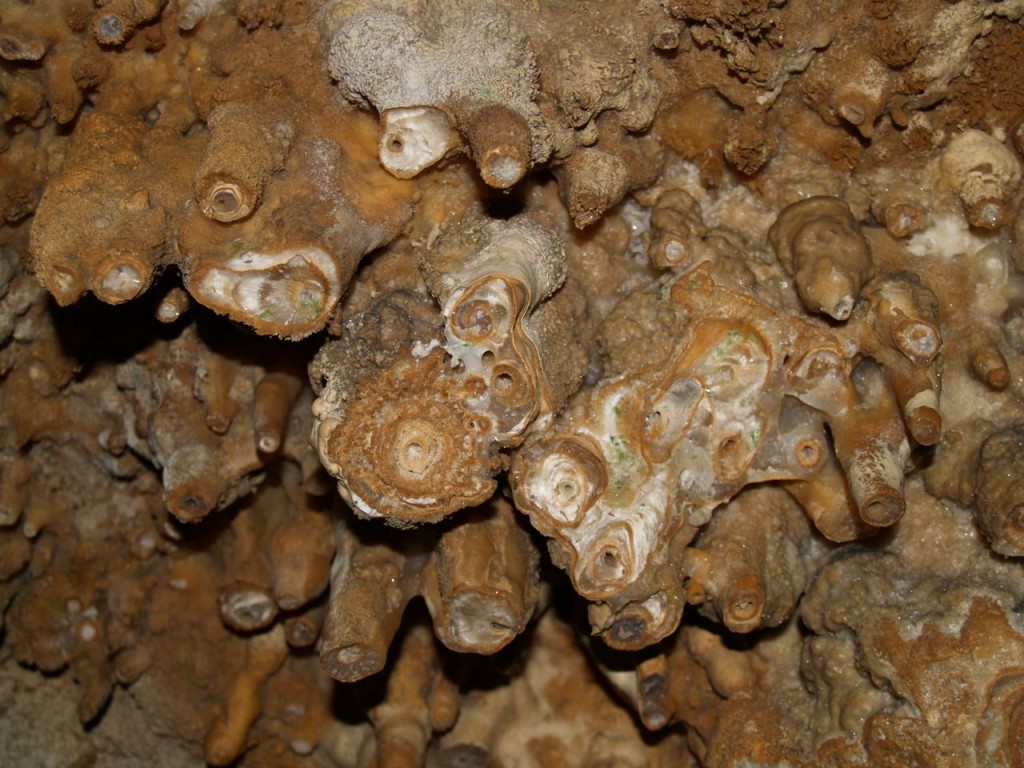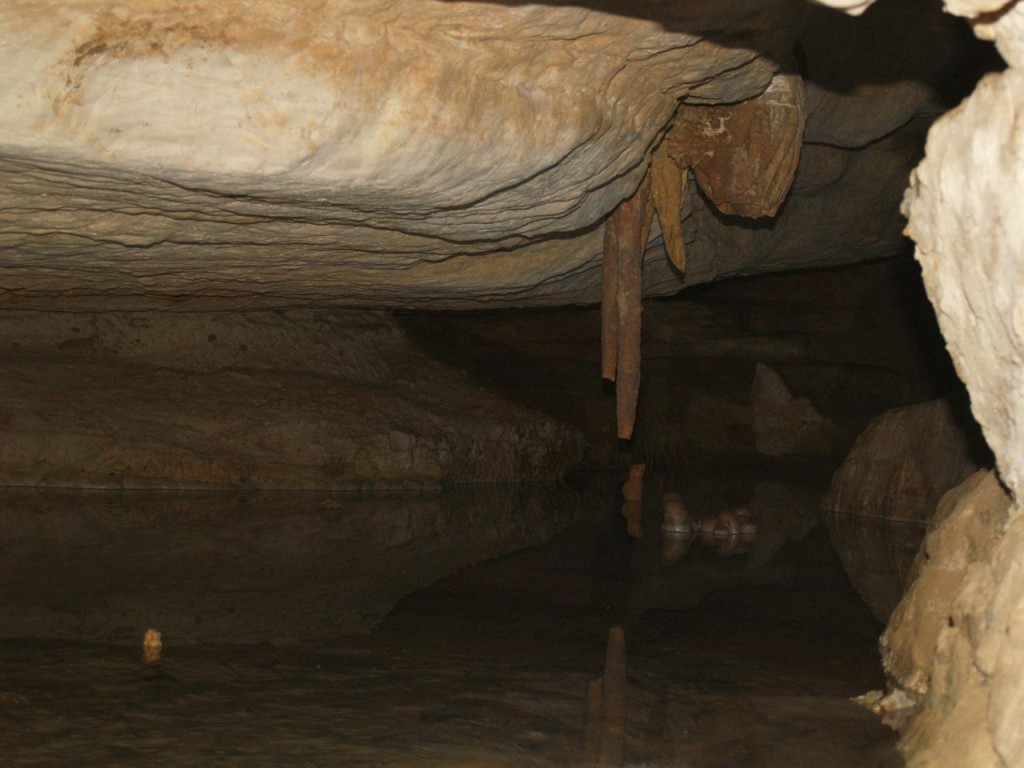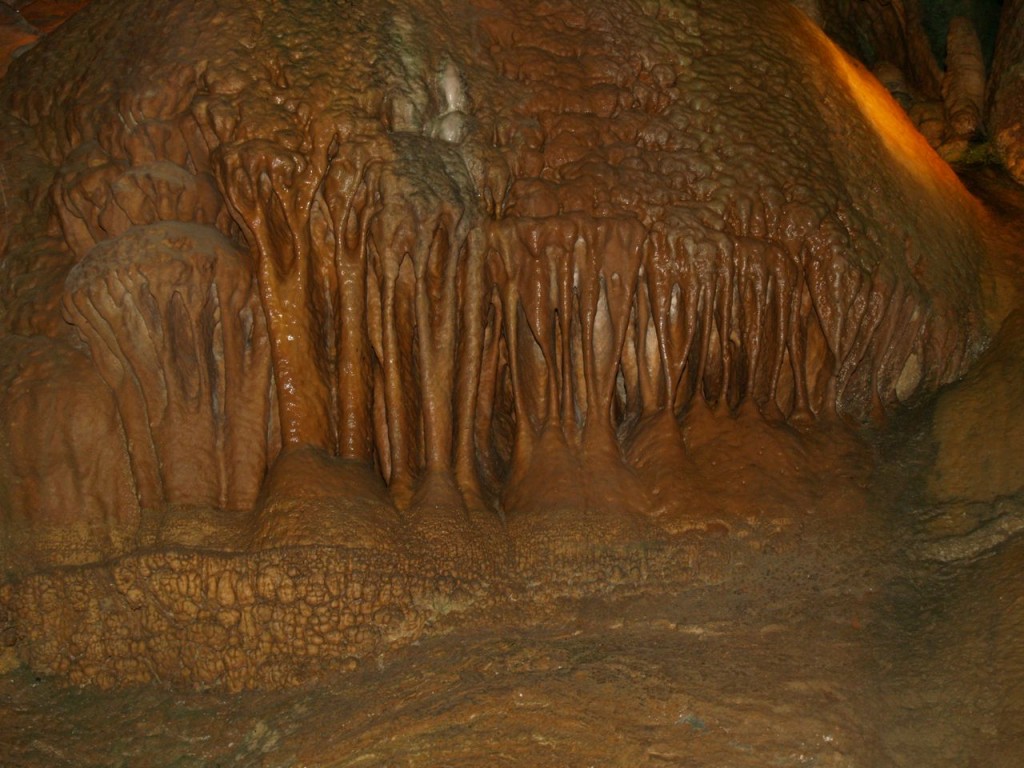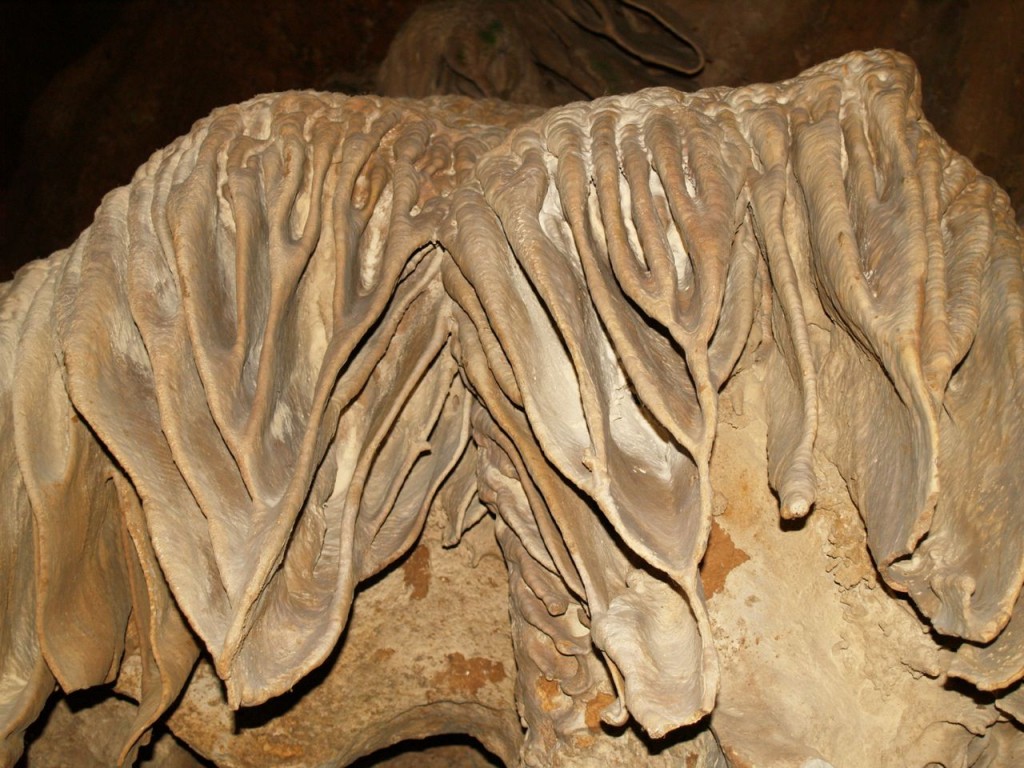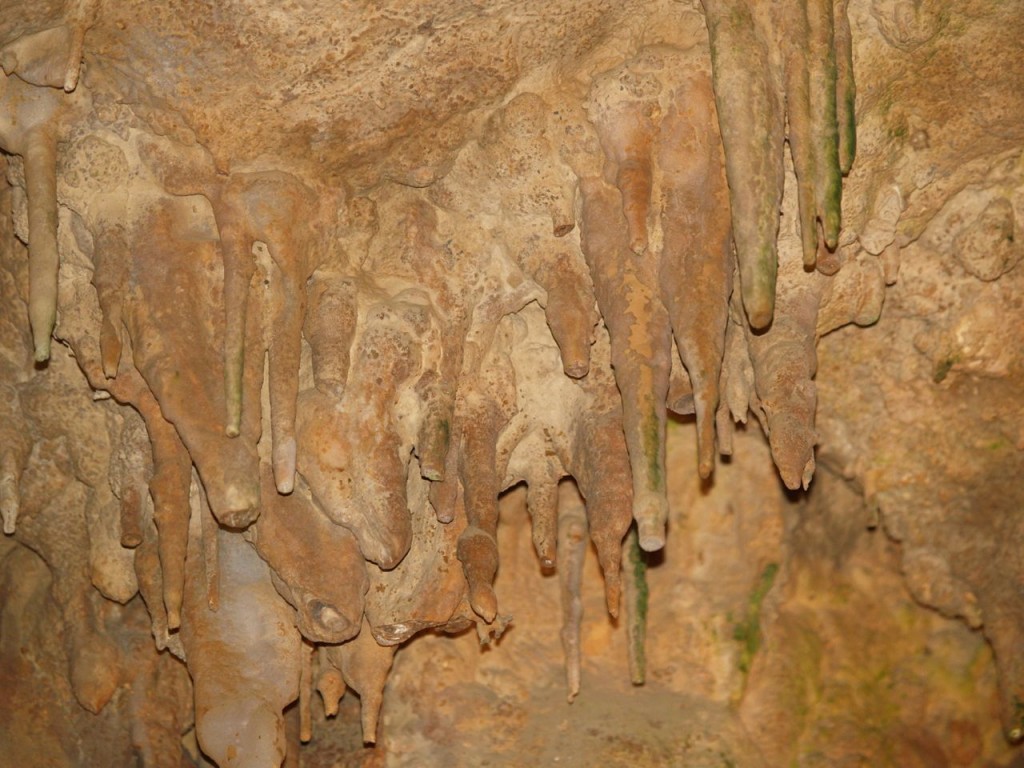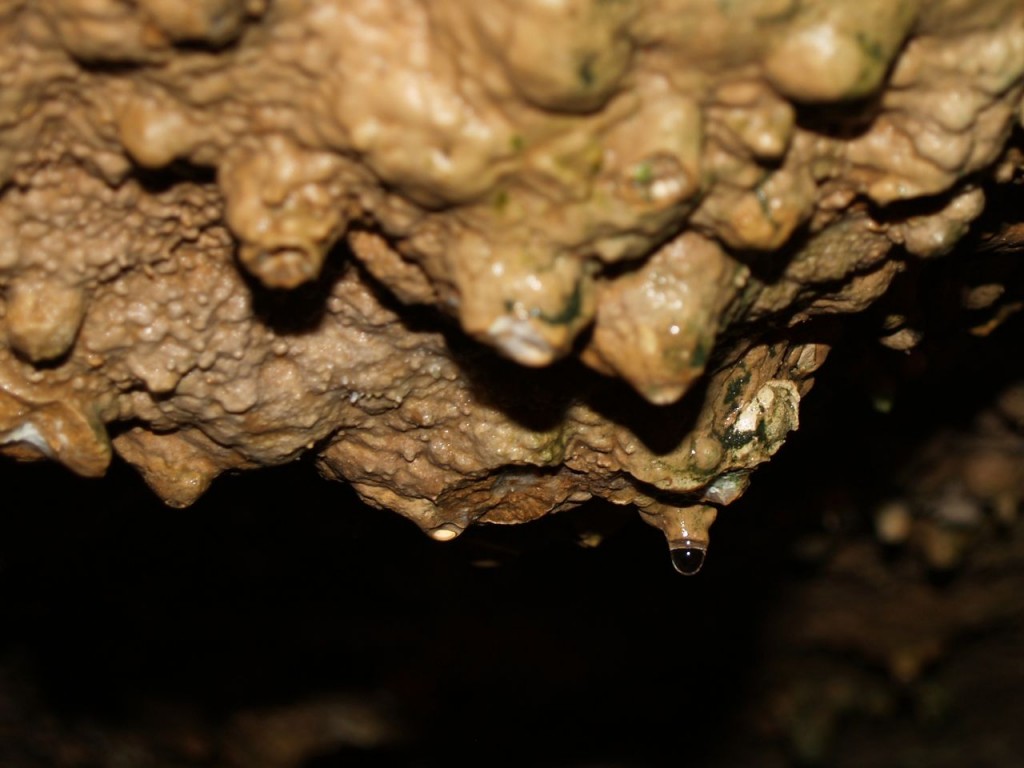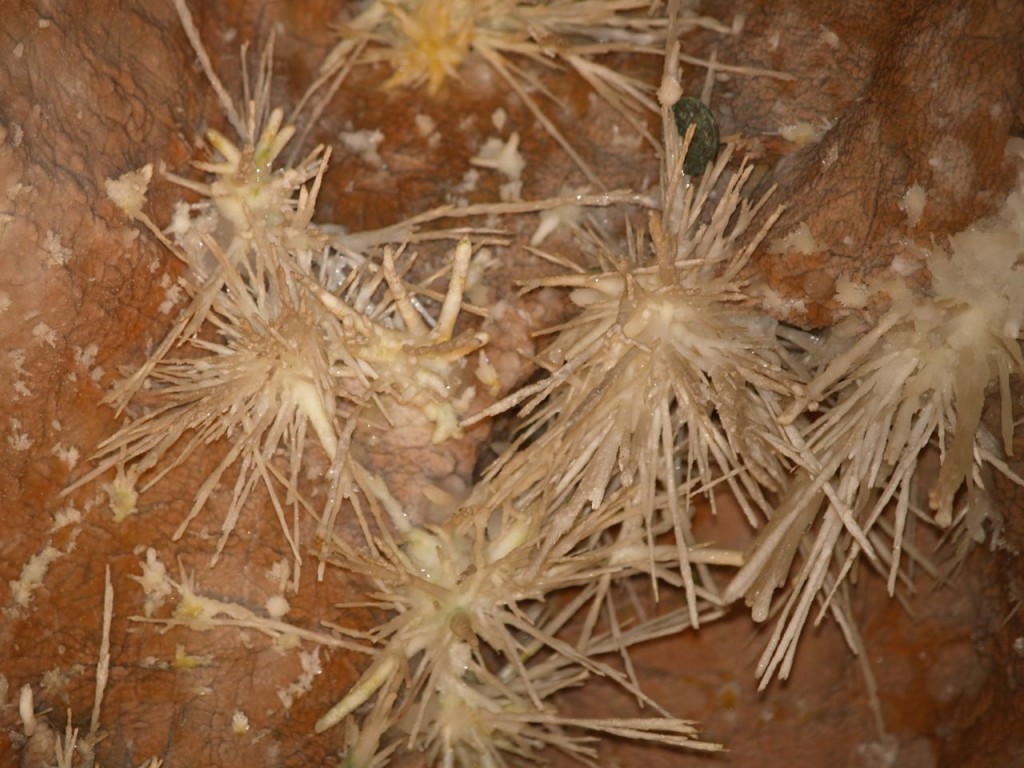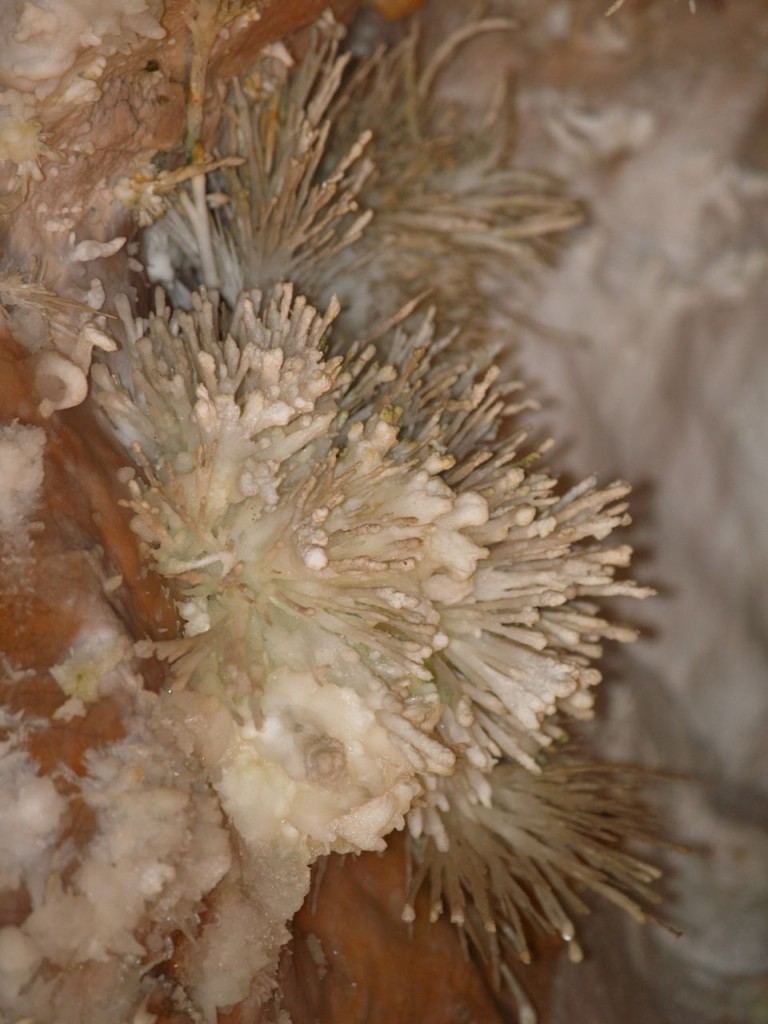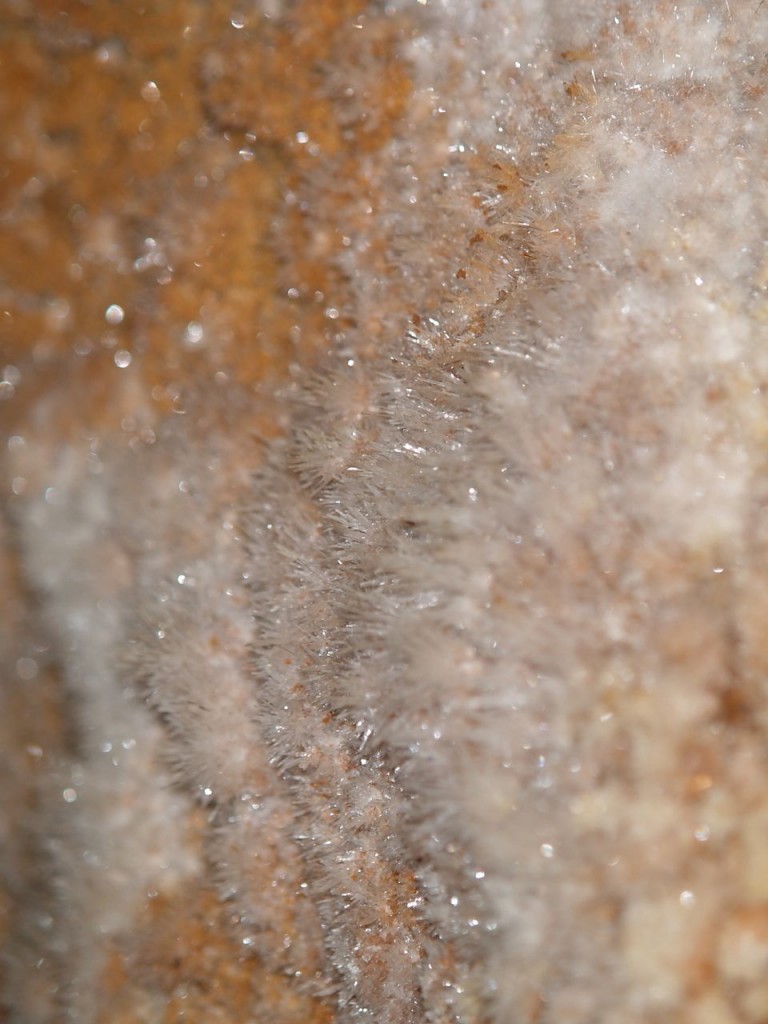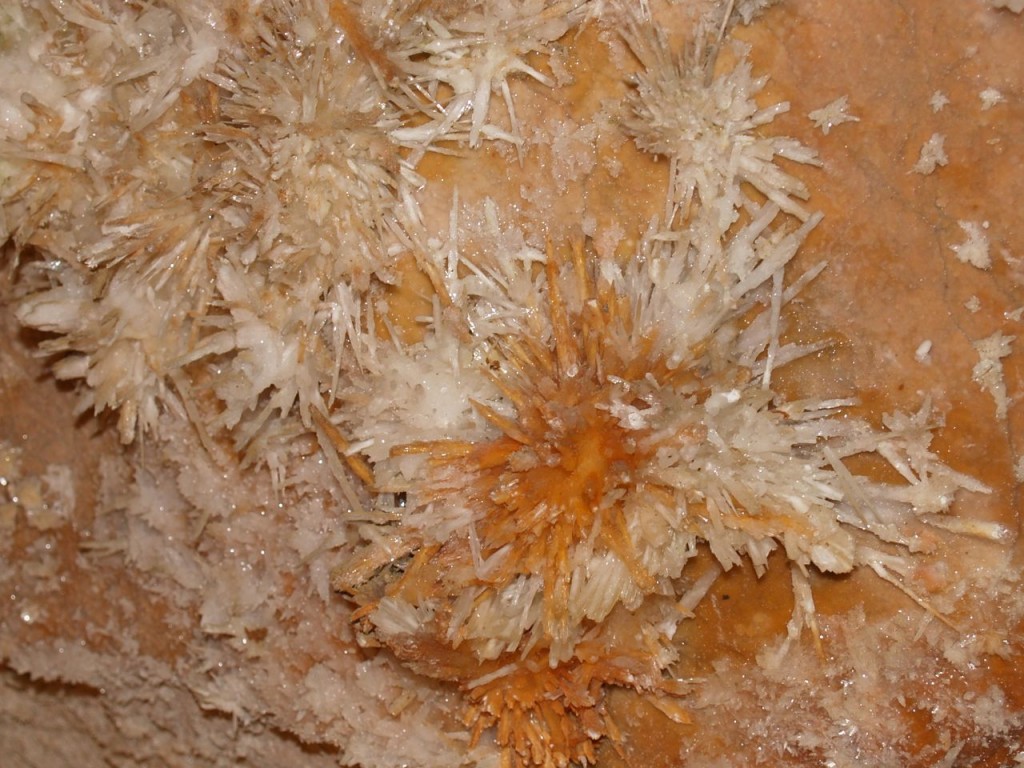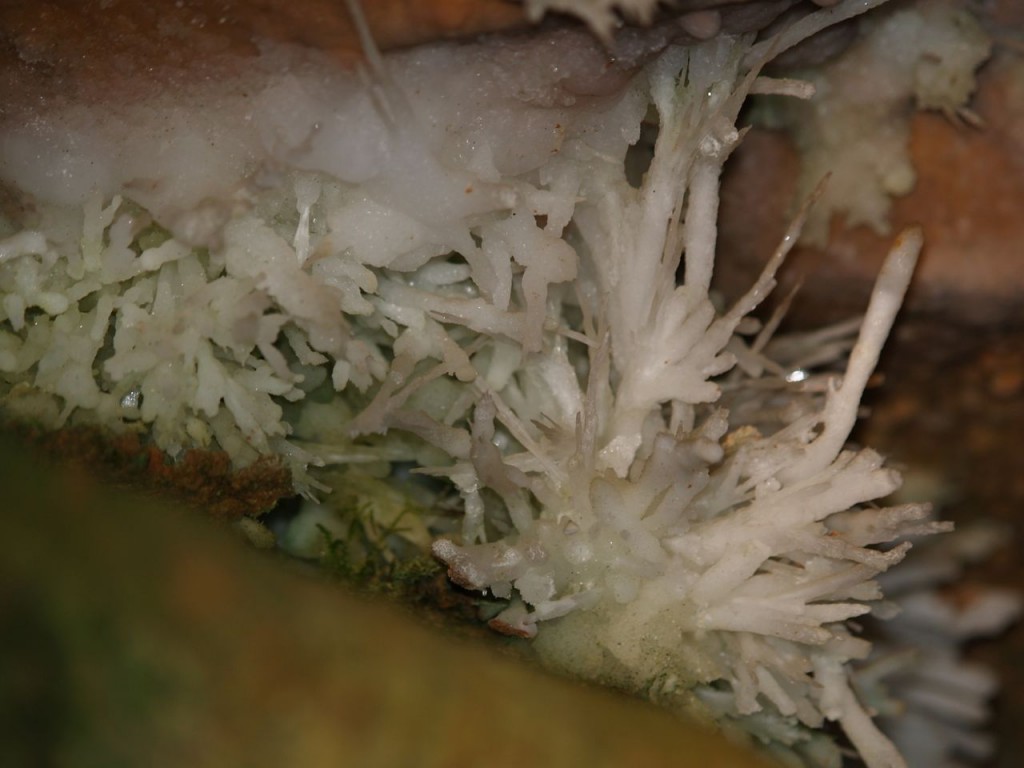Today I installed two new wall mounted light fixtures on my front stoop to replace the old ones. The lightbulbs had burned out in one of them, so I decided to change the light fixtures sooner than I originally had planned. Yes, changing the entire light fixture because the lightbulbs burned out, is a little extreme, even for me, but truthfully the old one was so thoroughly rusted, I could not get it apart to change the bulbs. I wanted new light fixtures that would be more modern and allow for more lightbulbs, so more light would be produced anyway.
I’ve installed six light fixtures already, two wall mounted and four hung from the ceiling, so these two should not be a big deal. I keep forgetting just how useless all directions that come with these things tend to be though. Yes, as a female, even when I am sure of what I am doing, I still tend to read the instructions. I’m funny that way.
Why are the directions so useless? First, the one type of direction I would like for them to have, they almost never have, and that is how to change the lightbulbs. I’m serious about that. I’ve lost track of the number of fixtures where I’ve uselessly unscrewed various finials and nuts in hopes of separating some piece that inevitably is welded together to try to find a place that is large enough to reach the lightbulb. The new light fixtures I installed today are no exception. I unscrewed several finials only to realize a piece was welded. I finally realized it is possible just to stick my hand through the bottom opening and carefully swing the light piece to change the lightbulbs, but I have to be careful. Another annoyance with these fixtures is that the glass sides are held in such a way that during shipping, some of the slipped out of place. Part of the reason I was unscrewing finials was to figure out the best way to get the glass sides back into place. Again, I ended up doing it really carefully and slowly through the bottom.
The second reasons most of these directions are useless is that evidently companies can only afford to print one set of directions for their entire line of fixtures. Below is the single piece of paper that came with these fixtures.
One sheet of paper for five different types of fixtures. Seriously? Does it really cost that much money to print a different one depending on the actual fixture in the box? Perhaps if they did, YOU COULD ACTUALLY READ THE DIRECTIONS. Here is a close up of the directions that, in theory, pertain to my fixture.
Yes, on the back were written directions also, but they can be summarized as 1. Turn off breaker. 2. Black wire to black wire. 3. White wire to white wire. 4. Ground wire to green grounding nut. These are of course great, and you, of course, can get them from anywhere on the internet. The best part of all of these directions is that they are somewhat wrong. If you look at the drawing above, the fixture hangs from a crossbar that is mounted to the wall box. This is completely standard. HOWEVER, this is the crossbar that came with my light fixture.
Needless to say, this threw me for a loop. I figured out the reason for it fairly quickly. Crossbars are always mounted to the wall vertically, but the new light fixtures required a horizontal mount. Thus one bar is to mount to the box, and the other attaches to the fixture. Great, no problem, but it really would have been nice if, oh I don’t know, THE DIRECTIONS HAD MENTIONED THIS IS LITTLE CHANGE FROM STANDARD. Even better, one of the fixtures had the screws on the wrong bar. That is, in one of the boxes, the screws needed to mount the fixture to its crossbar, were screwed into the other crossbar. Yes, I did figure out after several frustrating minutes that it does make a difference which crossbar goes to which. It affects the way the crossbar sits in the box and hides behind the fixture.
These directions weren’t even the worst ones that I have seen. The chandeliers that I installed had really useless directions. This is mainly because like all fixtures, they came with the standard directions of black wire to black wire and white wire to white wire. The problem was that the chandeliers did not have either a black or white wire. They had silver wires with clear coating. One had a little sticker labeled “N”, and the other had a little sticker labeled “L”. I just looked at these things wondering WHAT IN THE FLYING FIG IS N AND L? I know what black wire, white wire, bare wire, and even red wire from the wall are. So now there is N and L? Being the chemical engineer I am, I’m think of black as the “hot” wire and white wire as the “cold” wire, so why aren’t they labeled H and C? Ten minutes of internet searching later, I find out “L” means live or line, depending on your source, and thus connects to the black wire, and “N” mean neutral, and thus it connects to the white wire. However, most importantly, WHY THE HECK COULDN’T THE INSTRUCTIONS THAT CAME WITH THE DAMN FIXTURE SAY THAT?
The light fixtures I installed today did however have completely unneeded directions. Below is a photo of the back of the fixture.
The top sticker on the lower right has the completely unhelpful directions “Wall Mount Only [up arrow] This End Up.” Now if you only saw the fixture like this, those might actually be useful directions. However, if you look at the whole fixture, you would notice that the interior of the fixture where the lightbulbs screw in, hangs from the top of the fixture. Therefore, anyone with a passing understanding of GRAVITY would figure out that that end has to be up. So, I’m so glad they put that sticker on there.
Let me be clear, these directions are for do-it-yourselfers like myself. A professional electrician doesn’t need any of them. Thus, why are the directions so damn crappy? Are they to discourage do-it-yourselfers? Do they actually think these directions are helpful? Exactly how much would it cost to print different and readable directions for each type of fixture? Exactly how much would it cost for the design and/or manufacturing department to keep the department who creates these completely unhelpful directions informed when they change important aspects of the design, like using wires labeled N and L instead of black and white wires?
I did eventually get the new fixtures installed, no thanks to the directions. They look lovely, and no duct tape was required, just persistence and experimentation. Each fixture holds four lights as opposed to the old fixtures, which held two, so now there is more light produced. I think they might look slightly modern for the house, but I am planning to eventually replace the front door, and then I think they will work better. Also, the house really needs to be painted, but they has to wait a bit. WIthout further ado, the old and new light fixtures.

